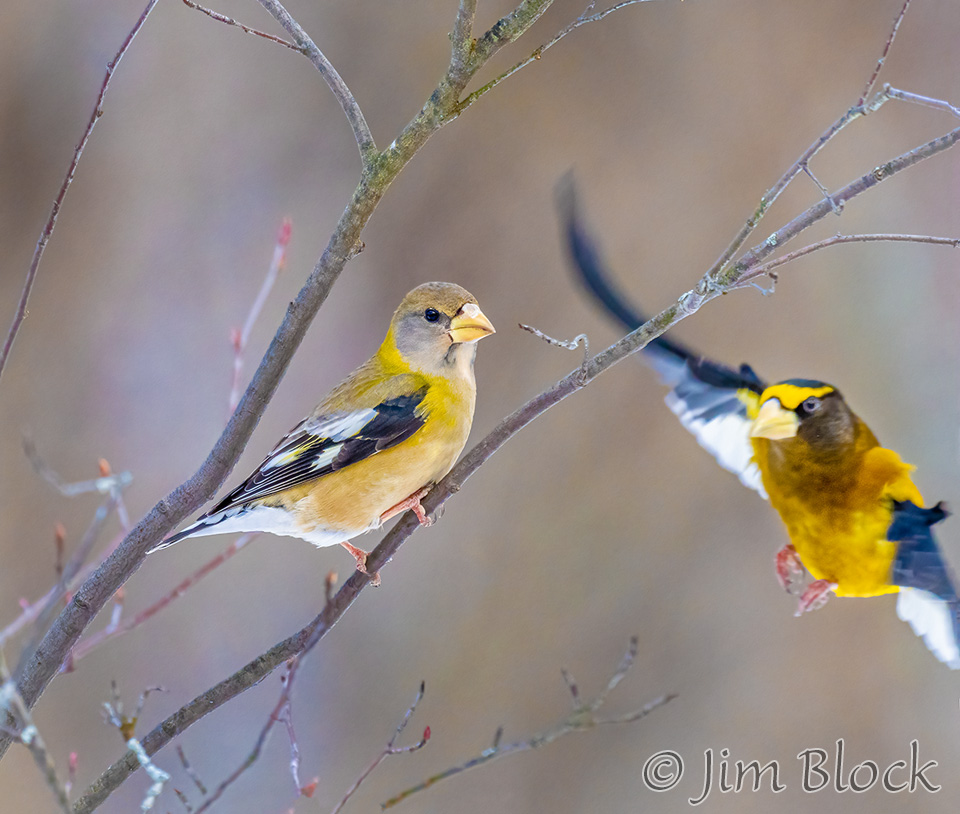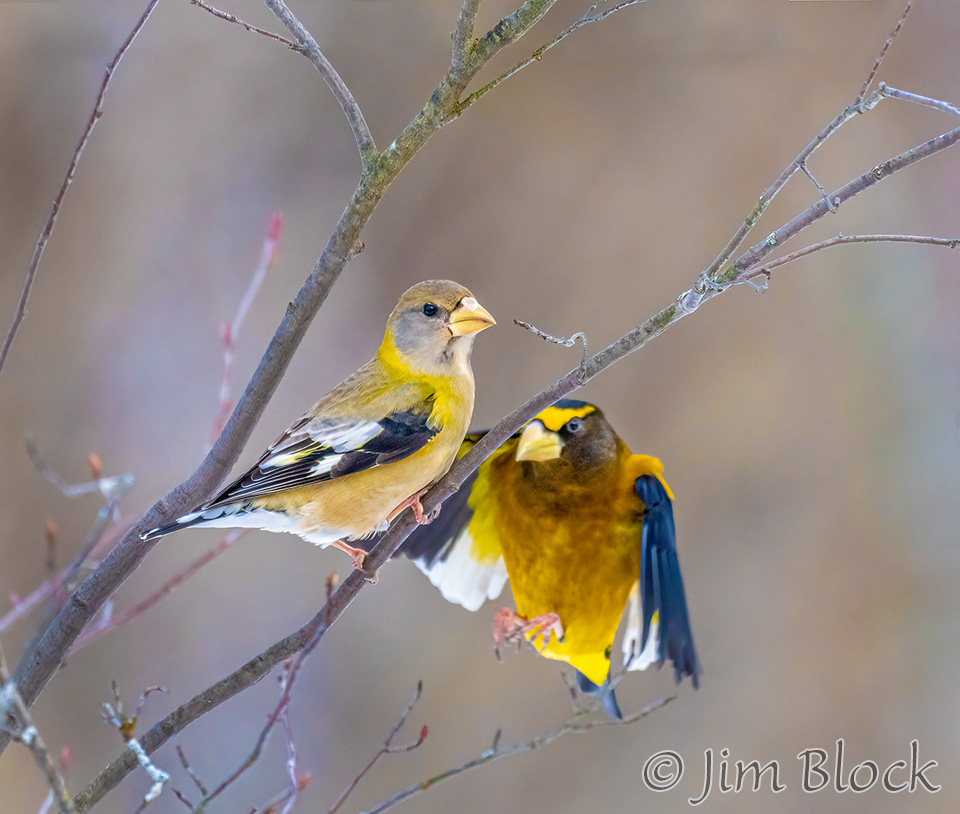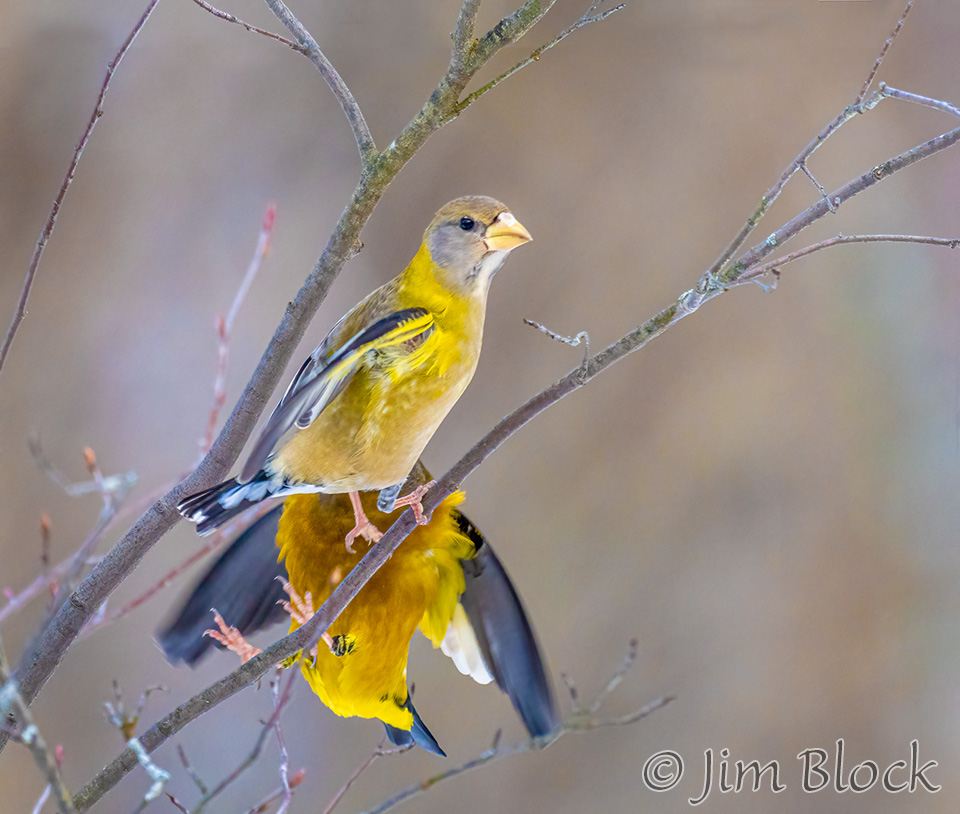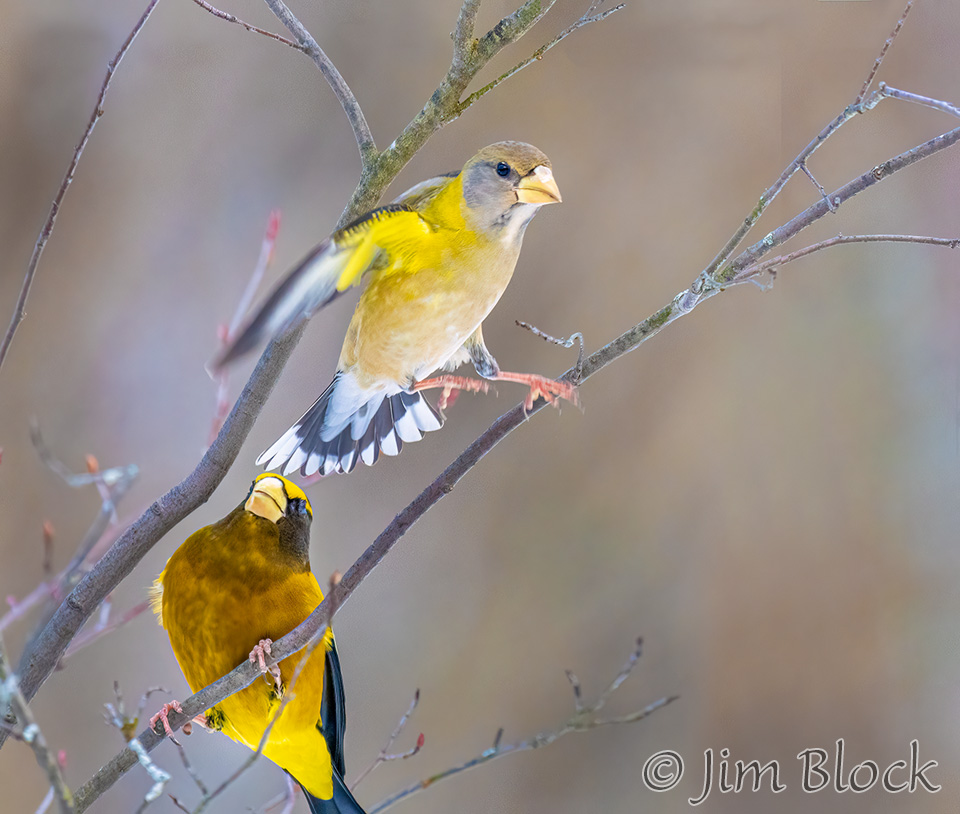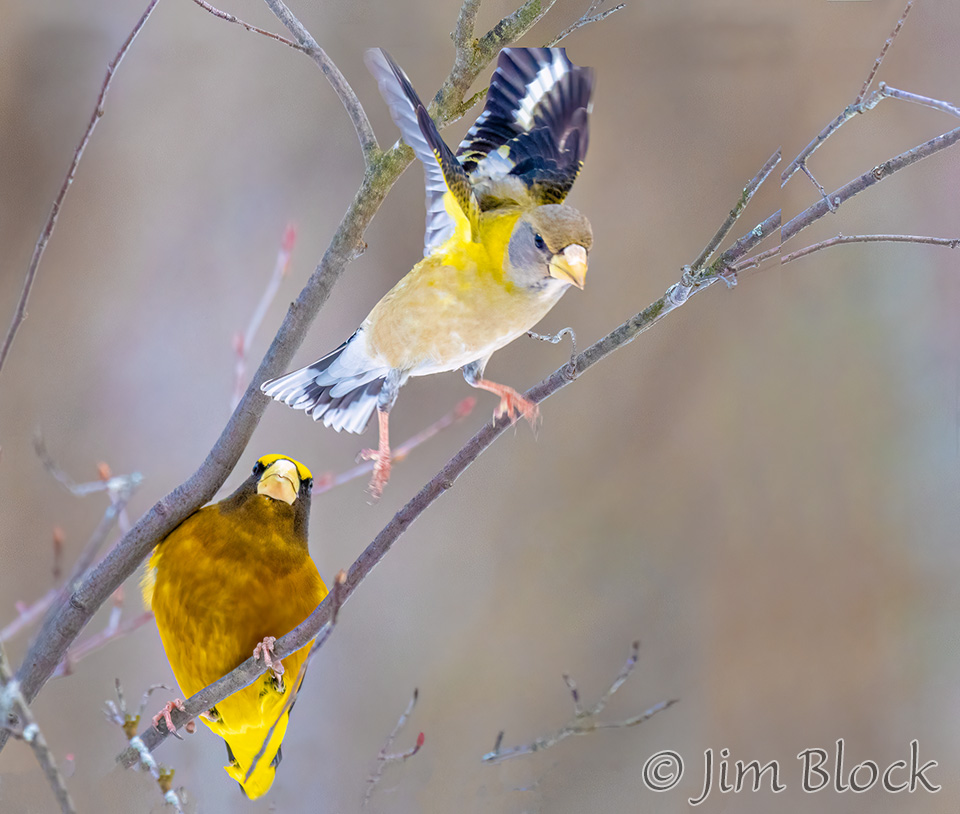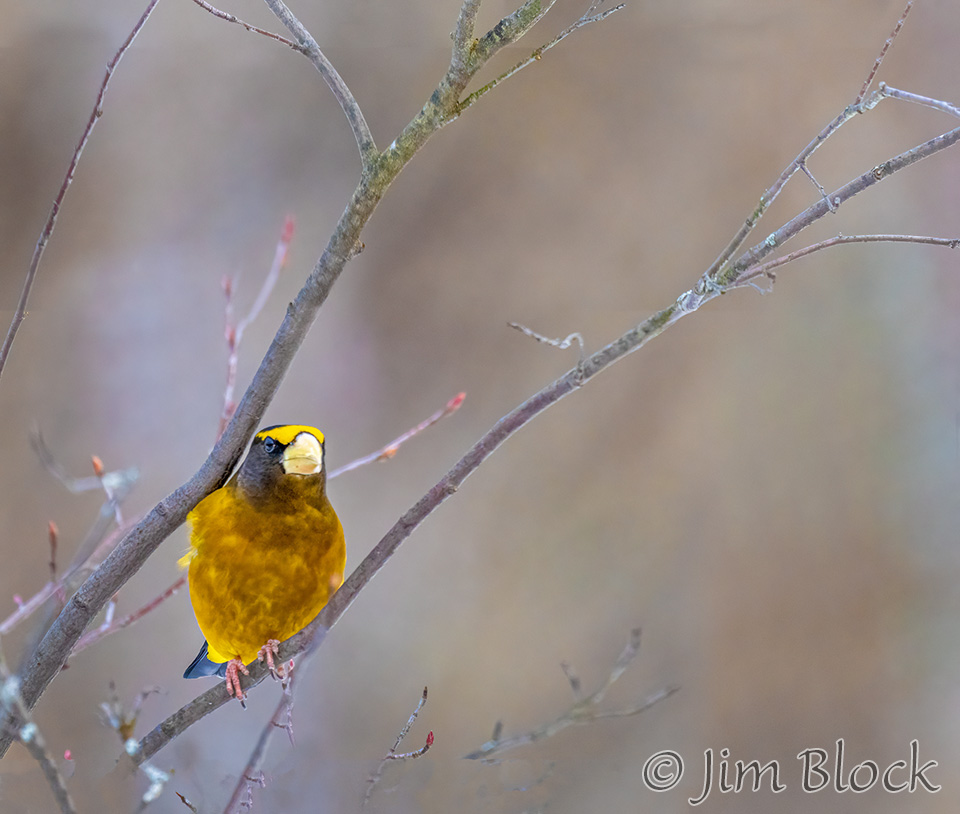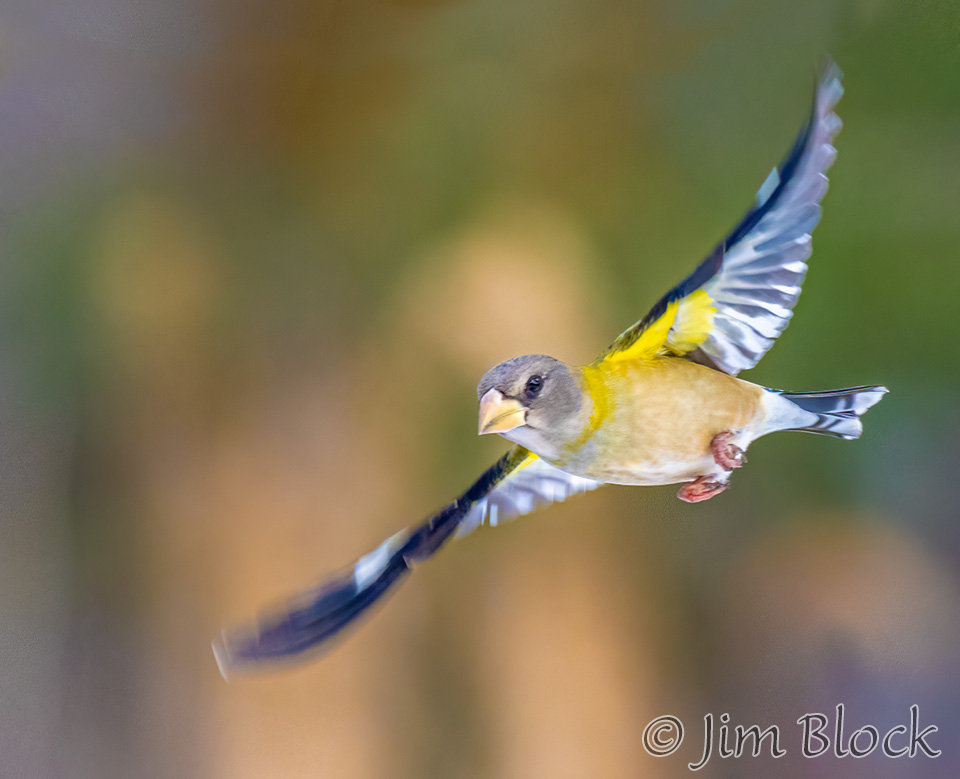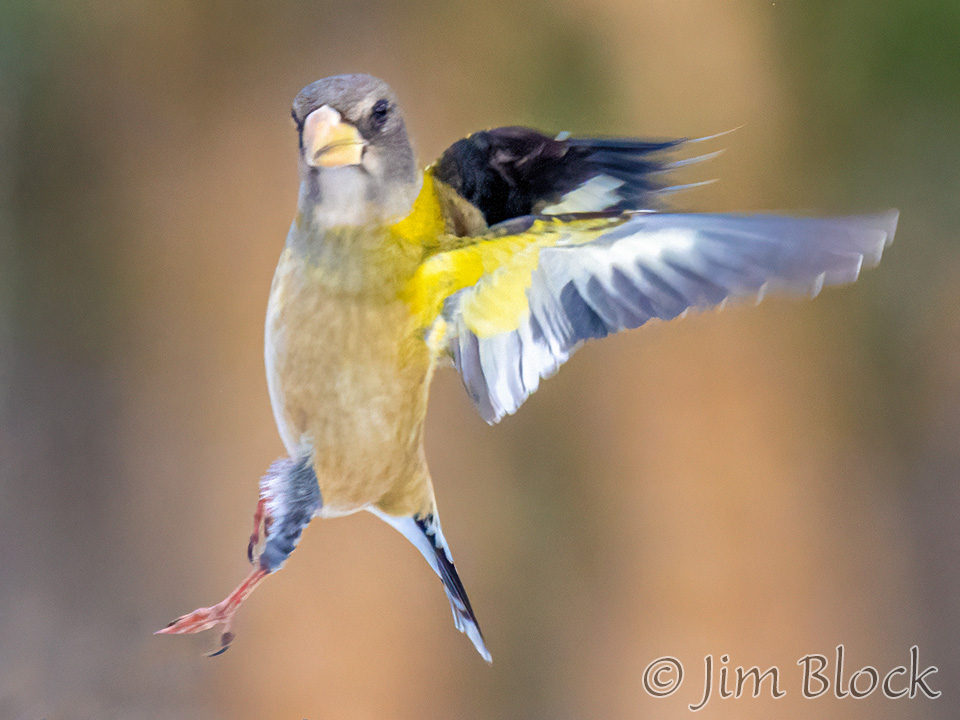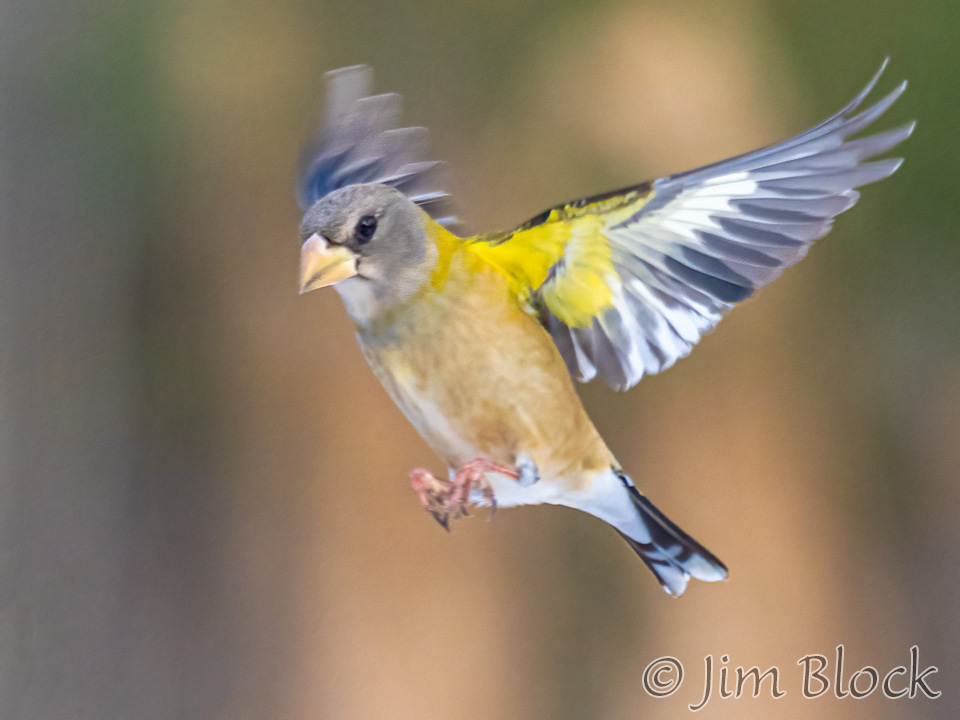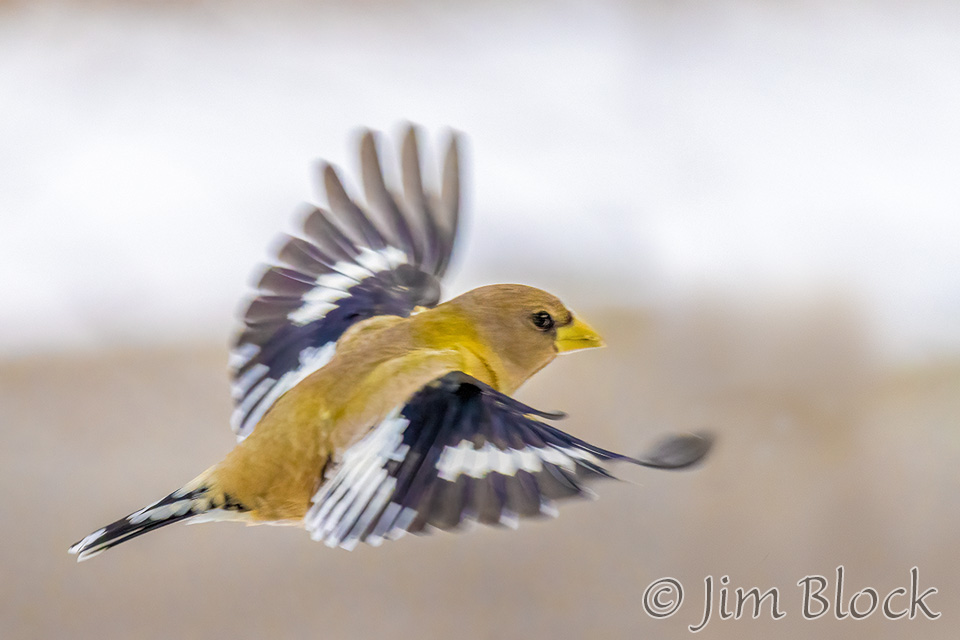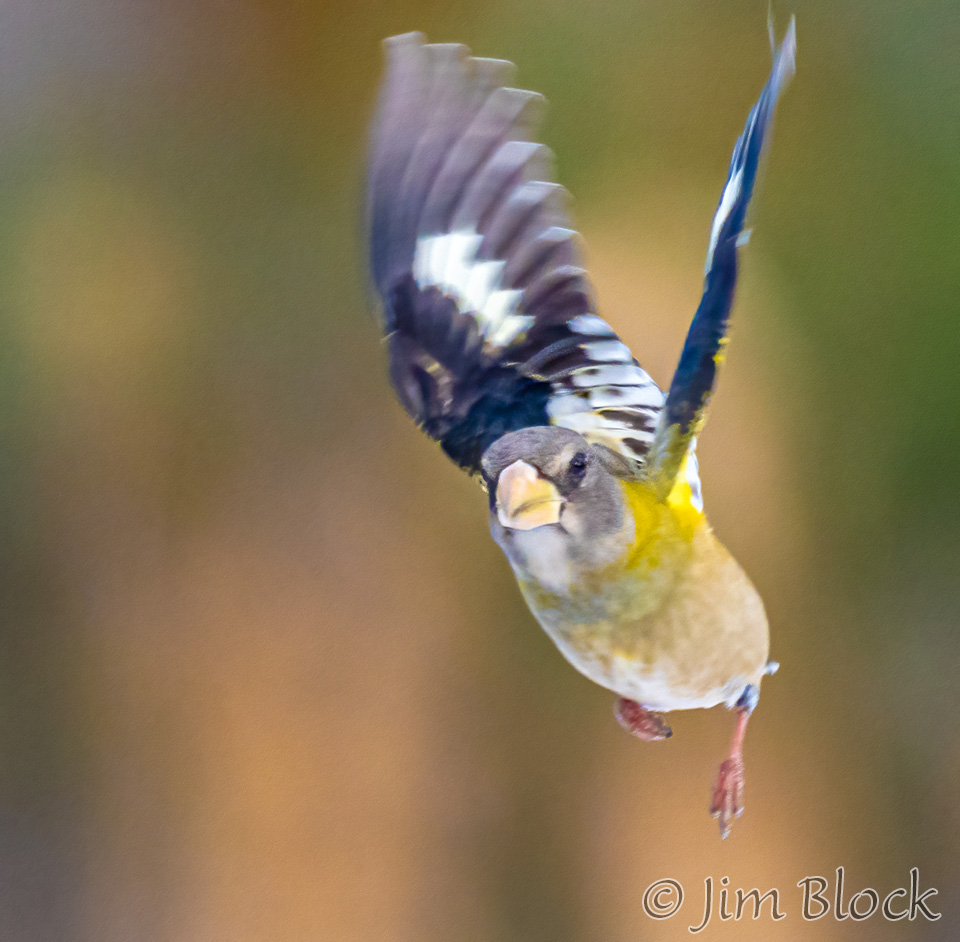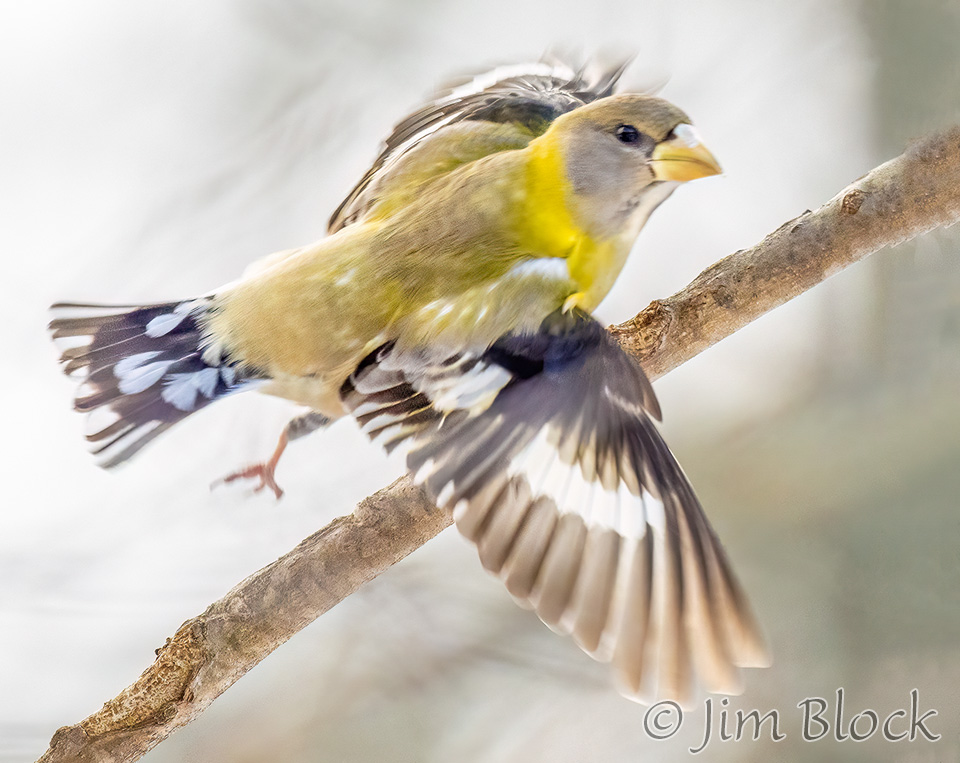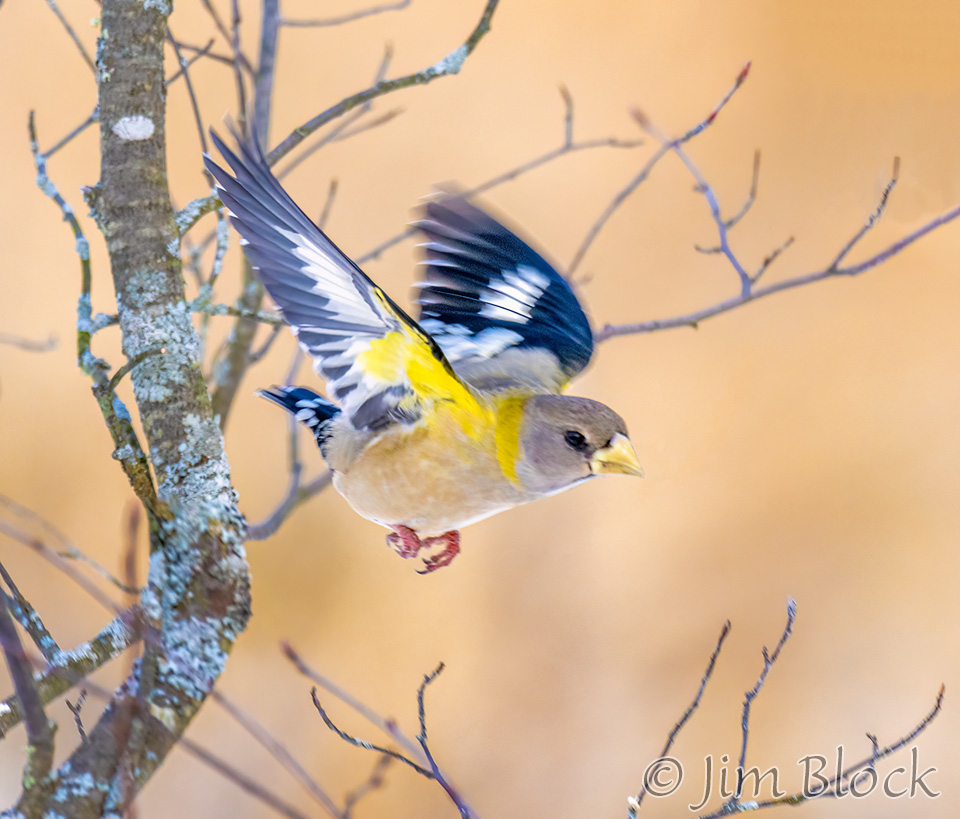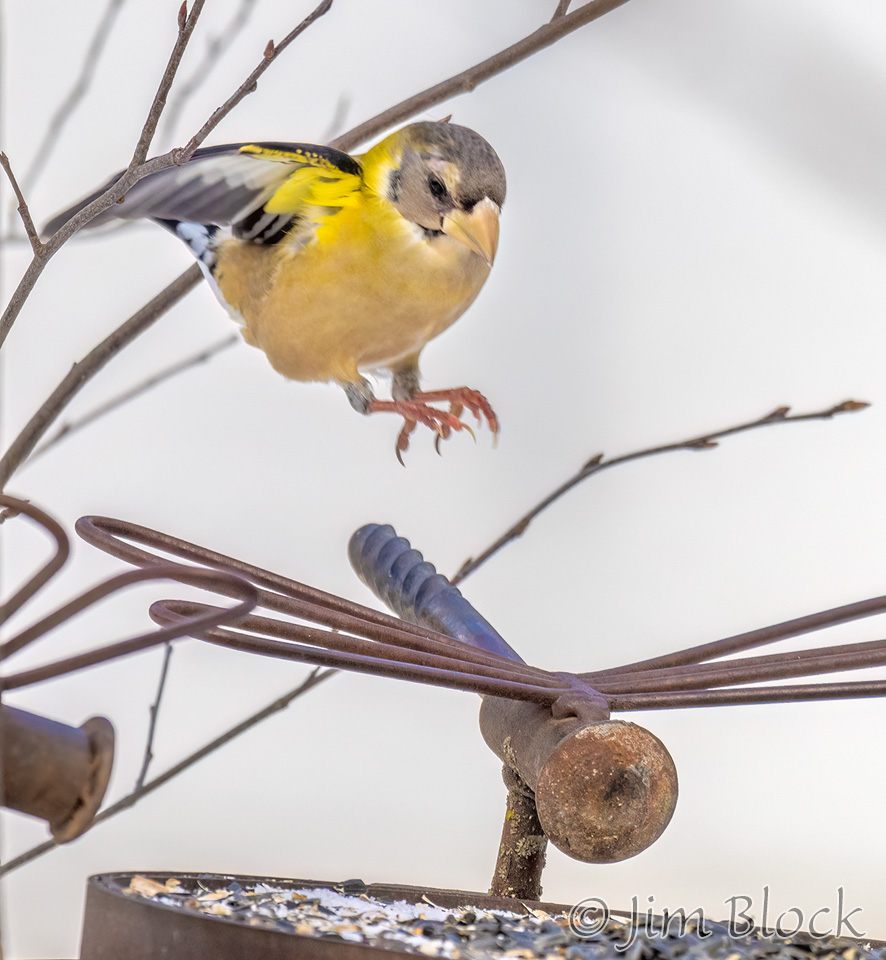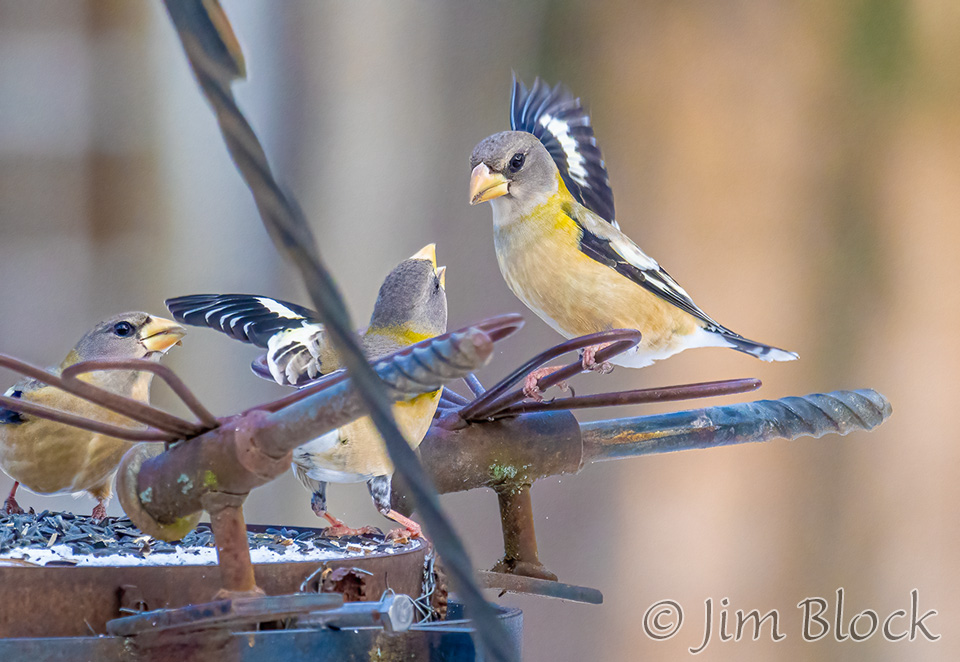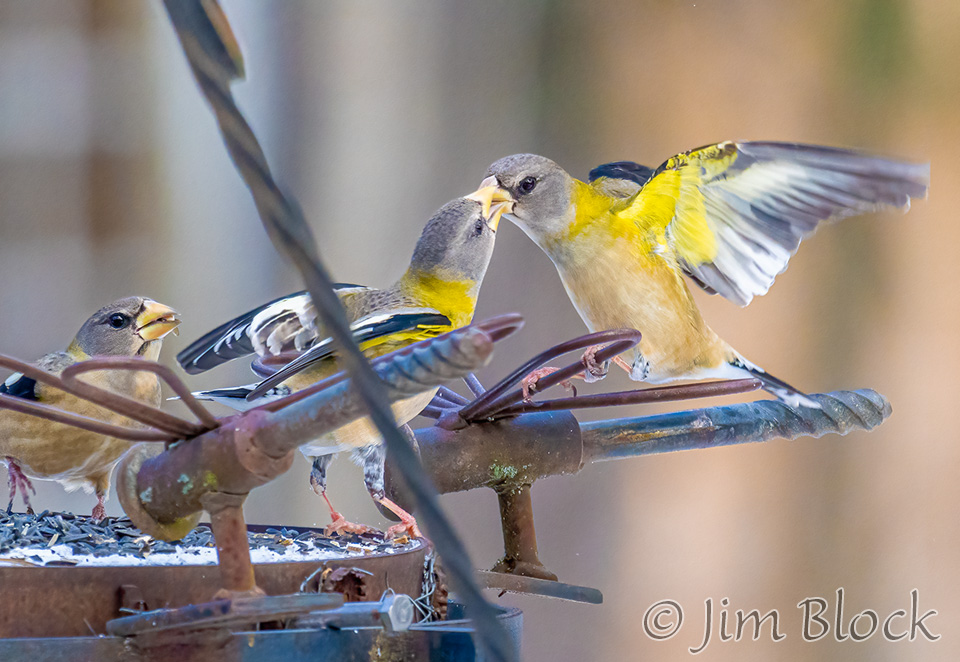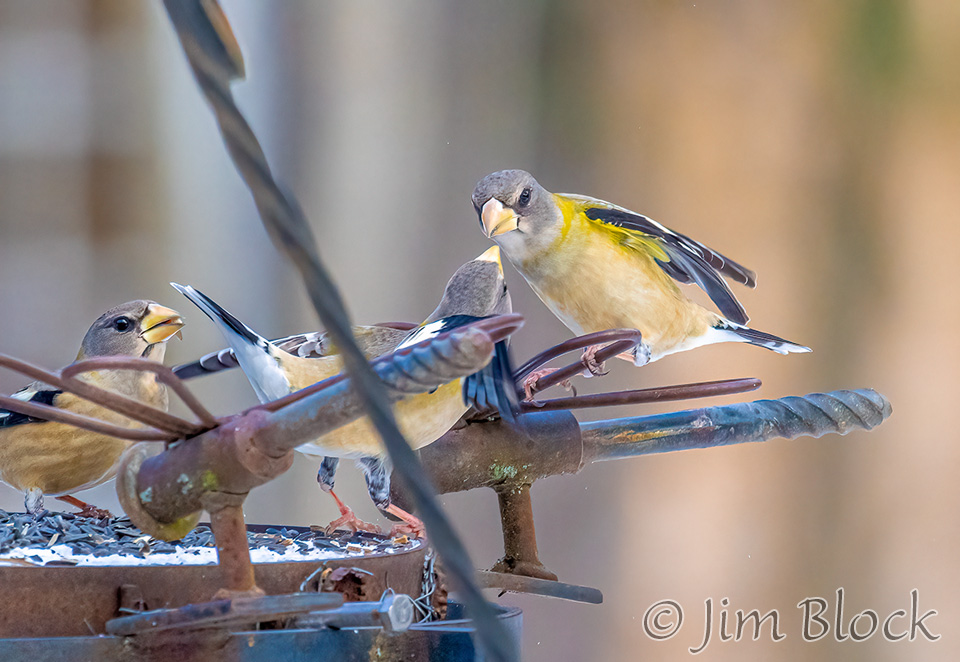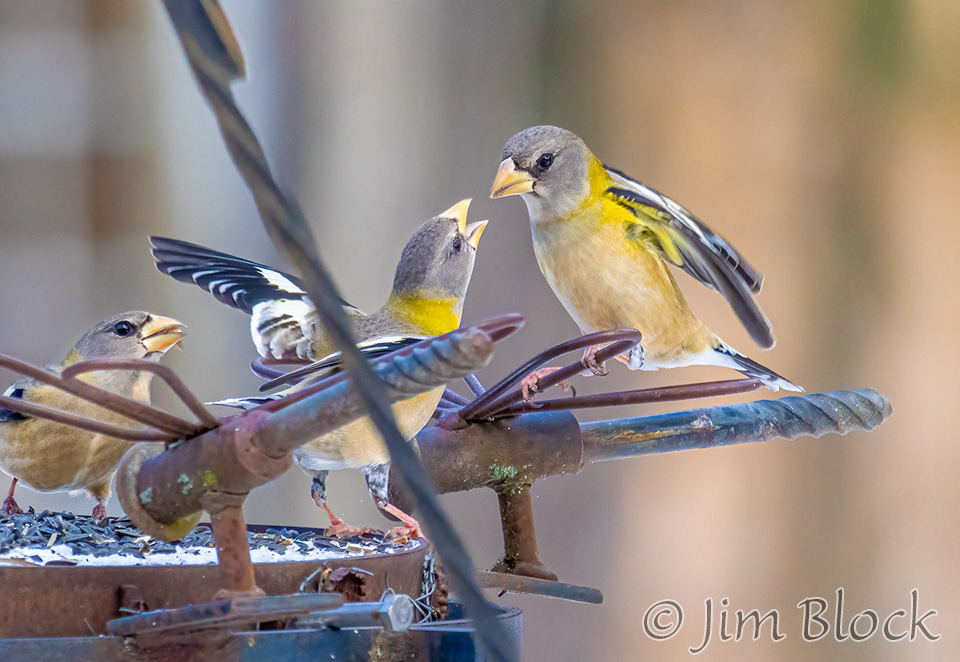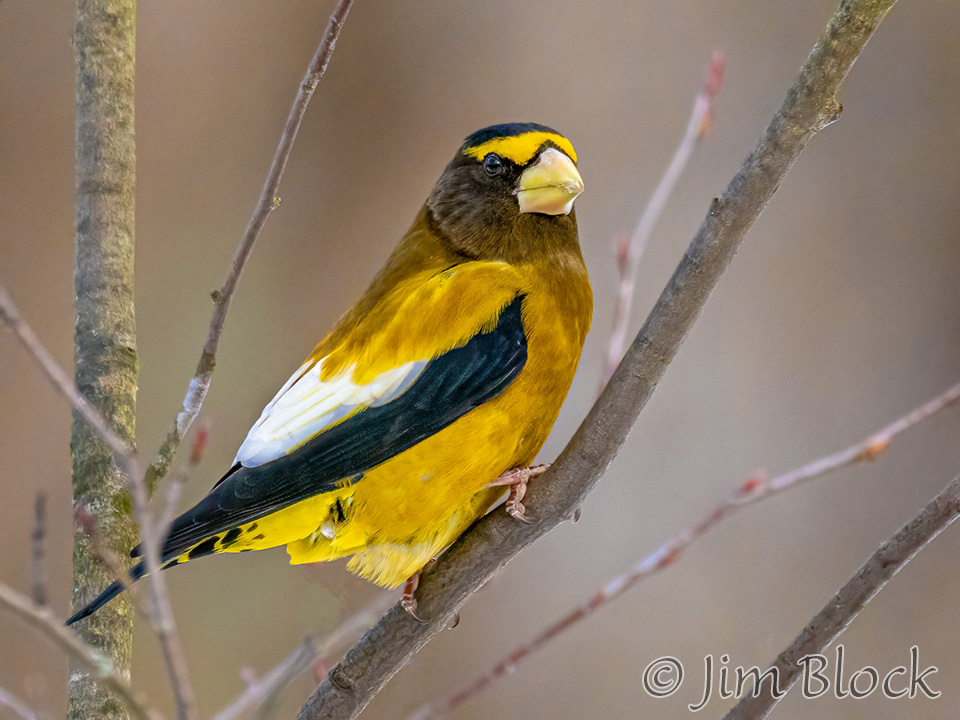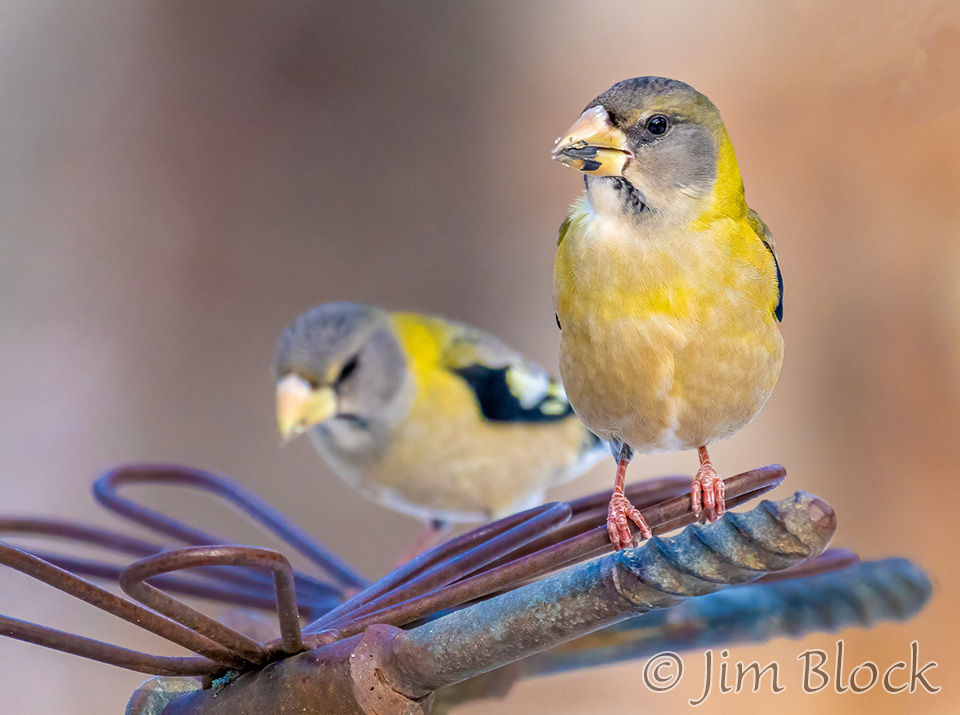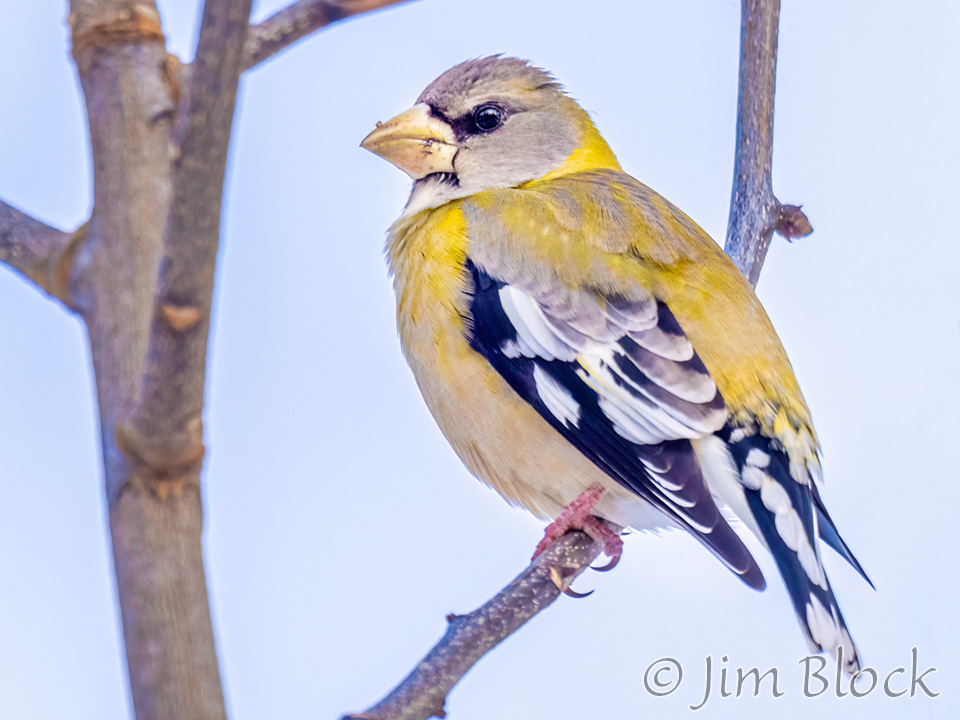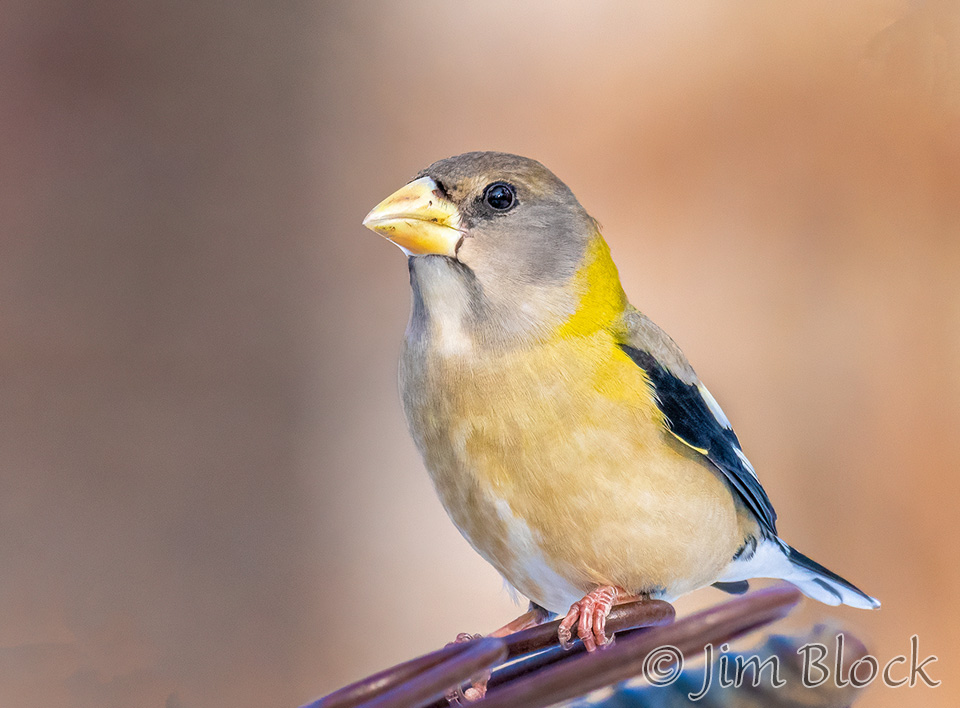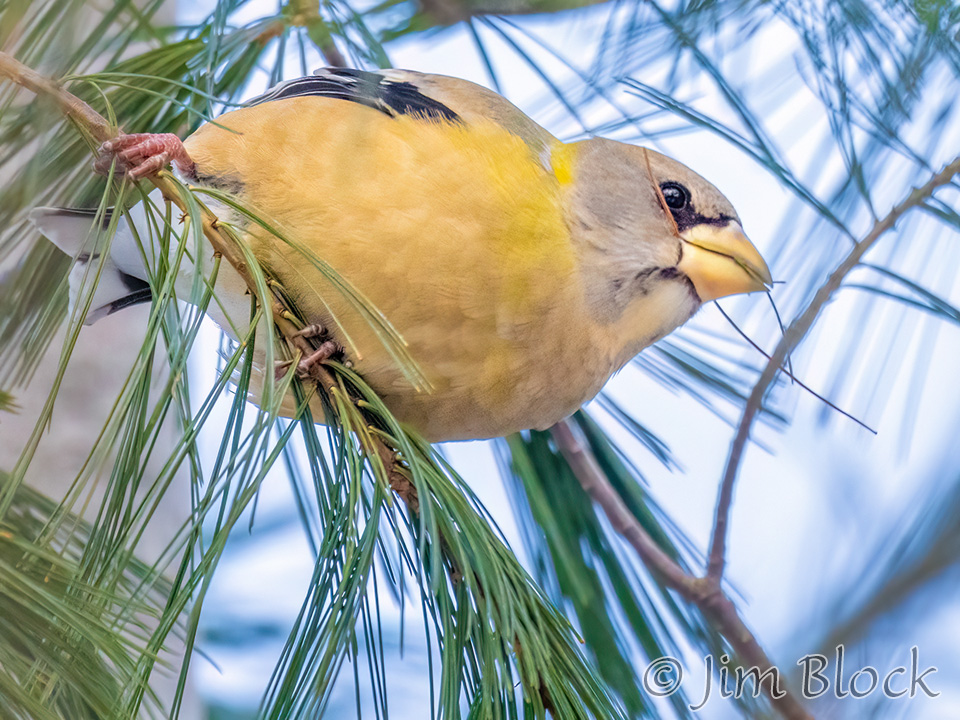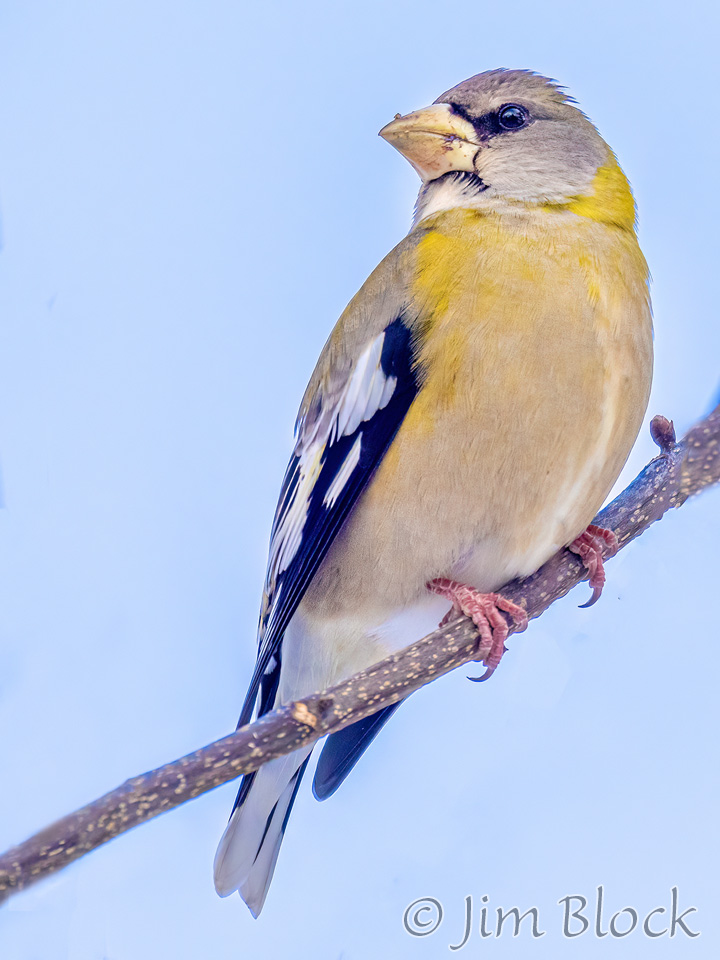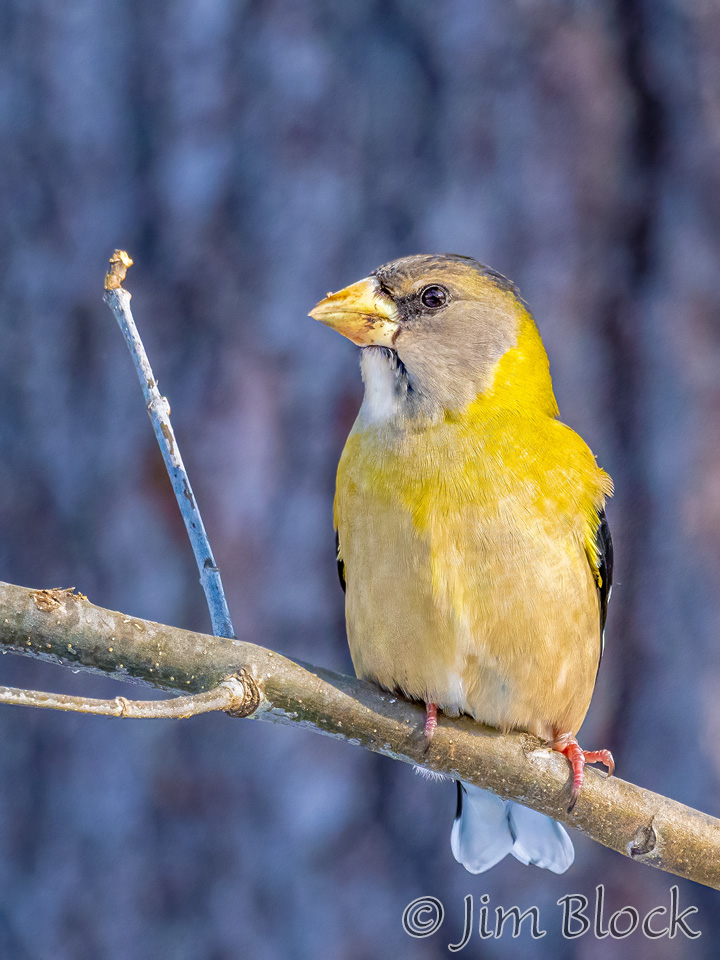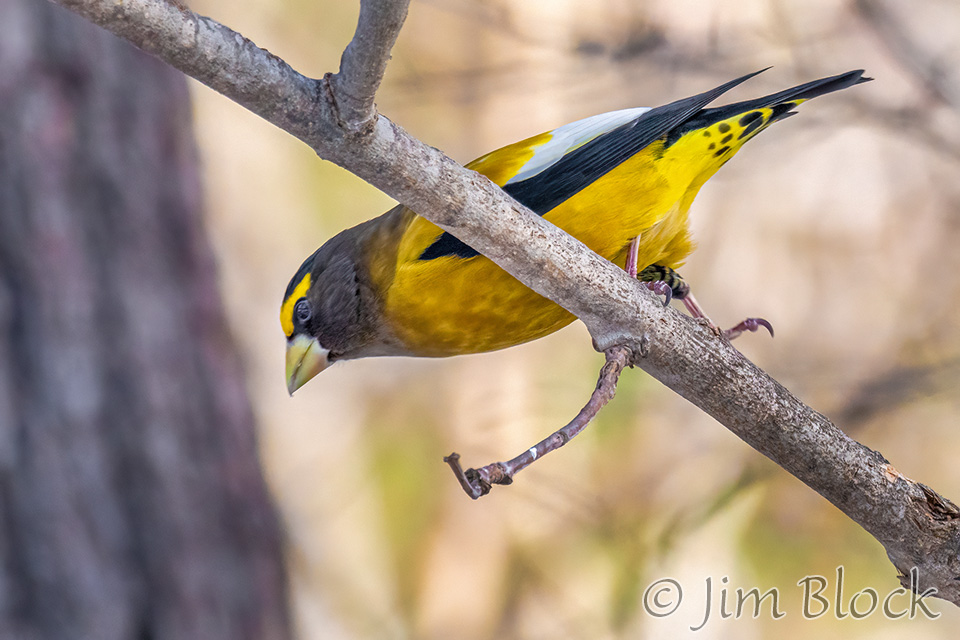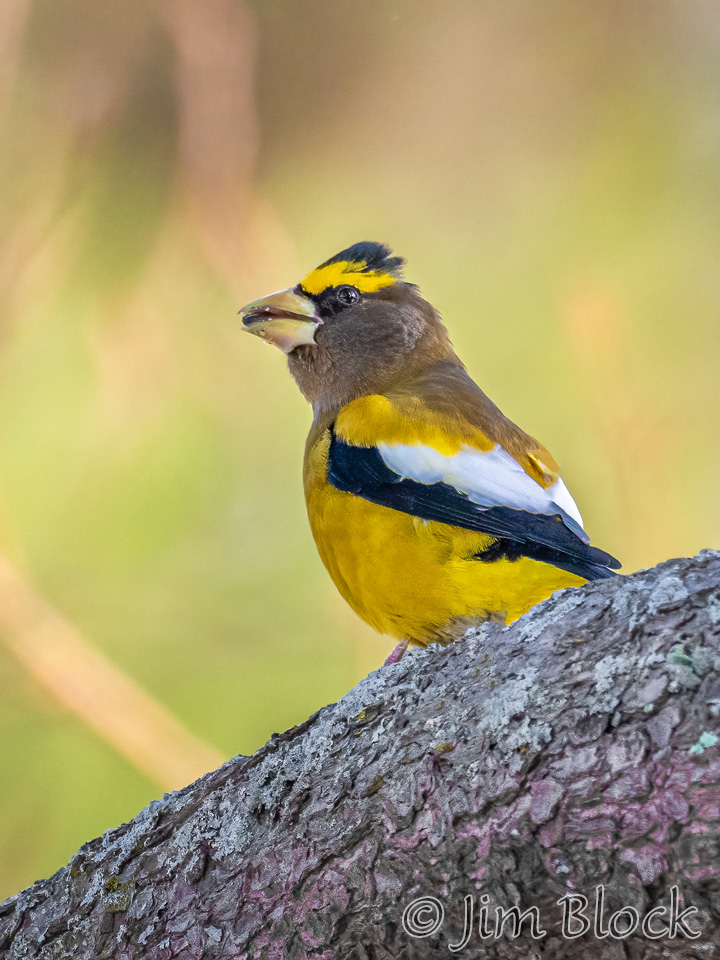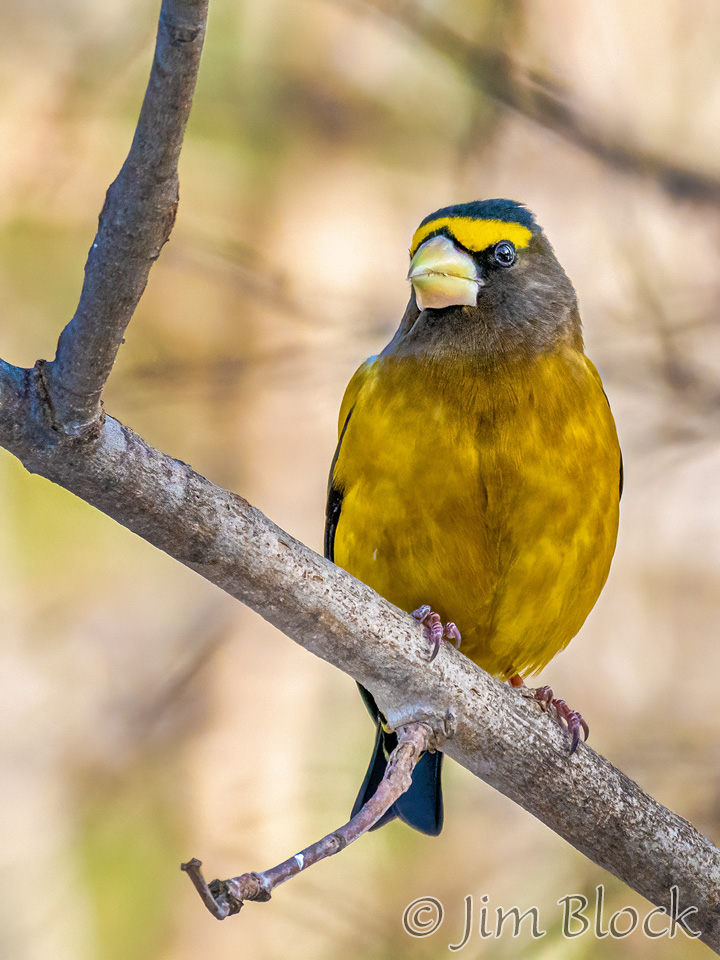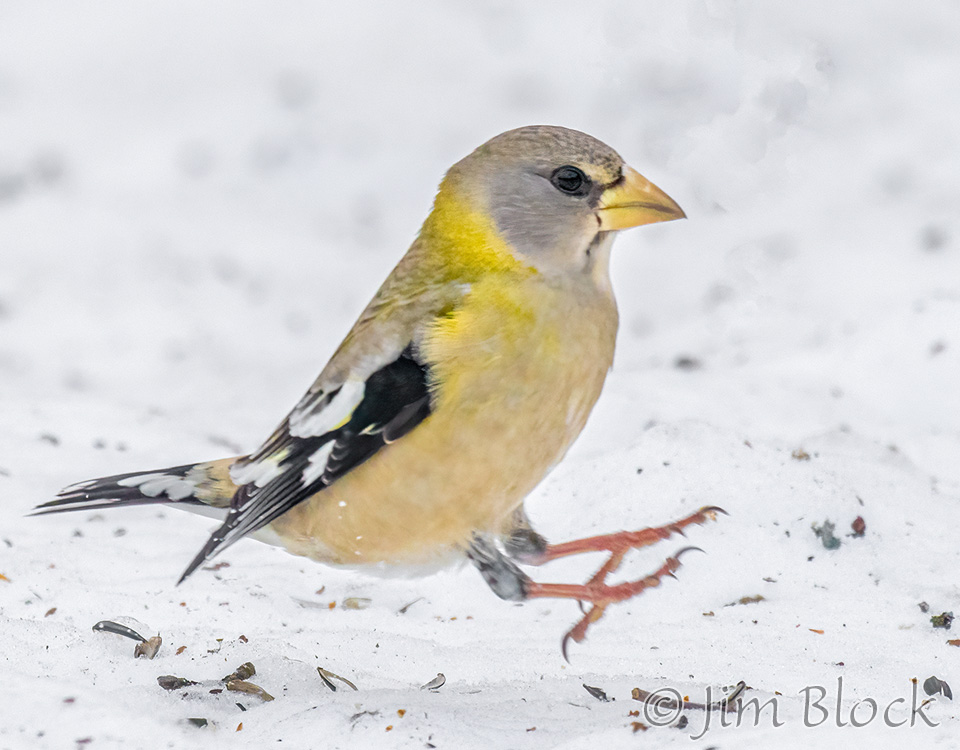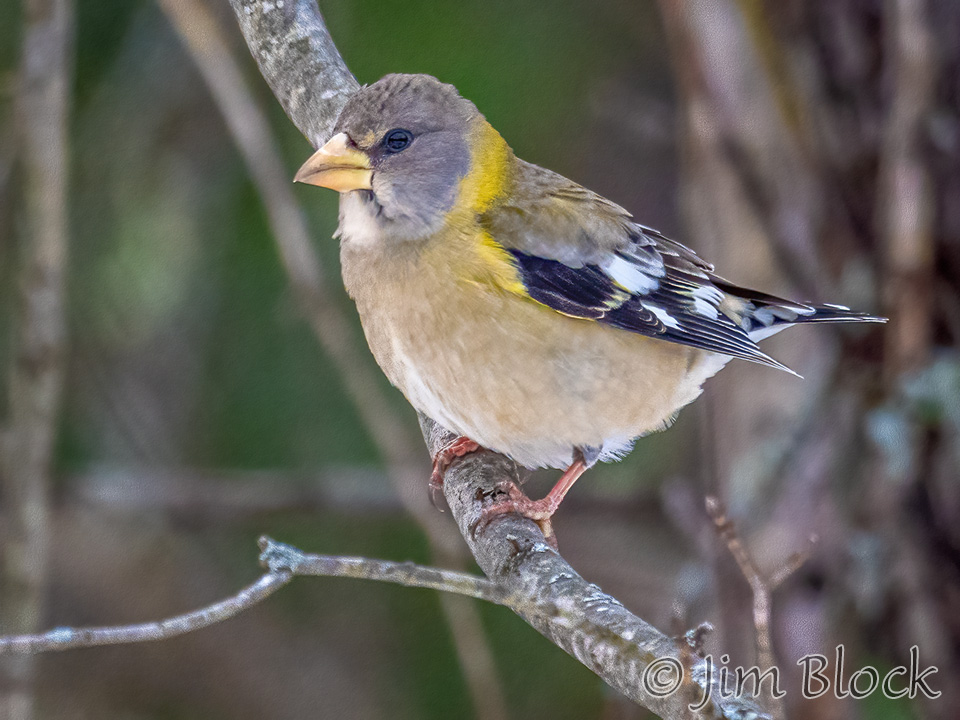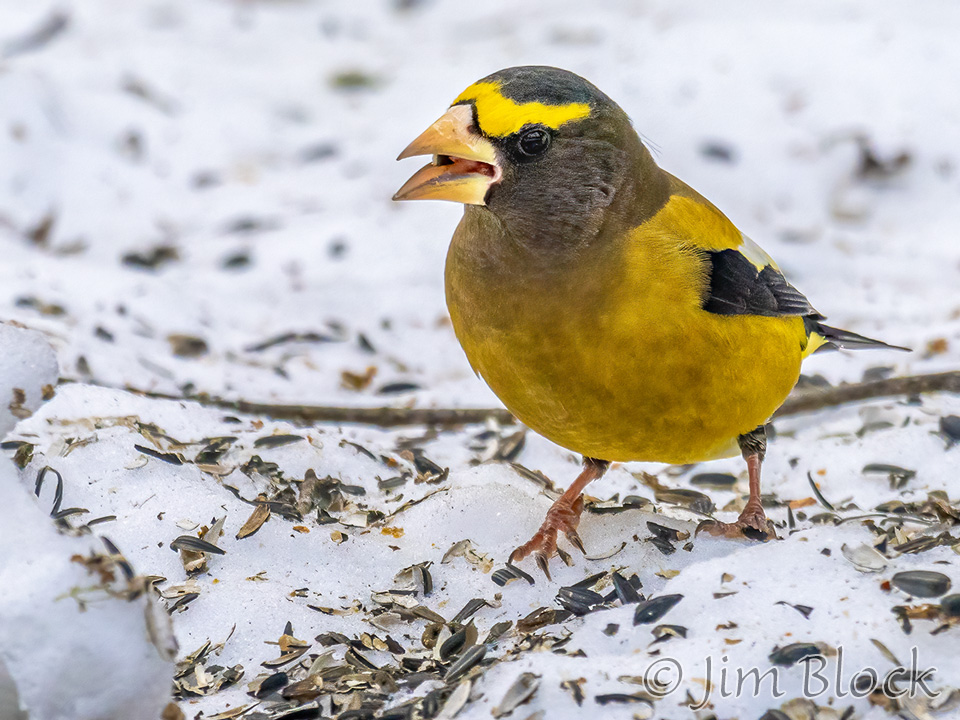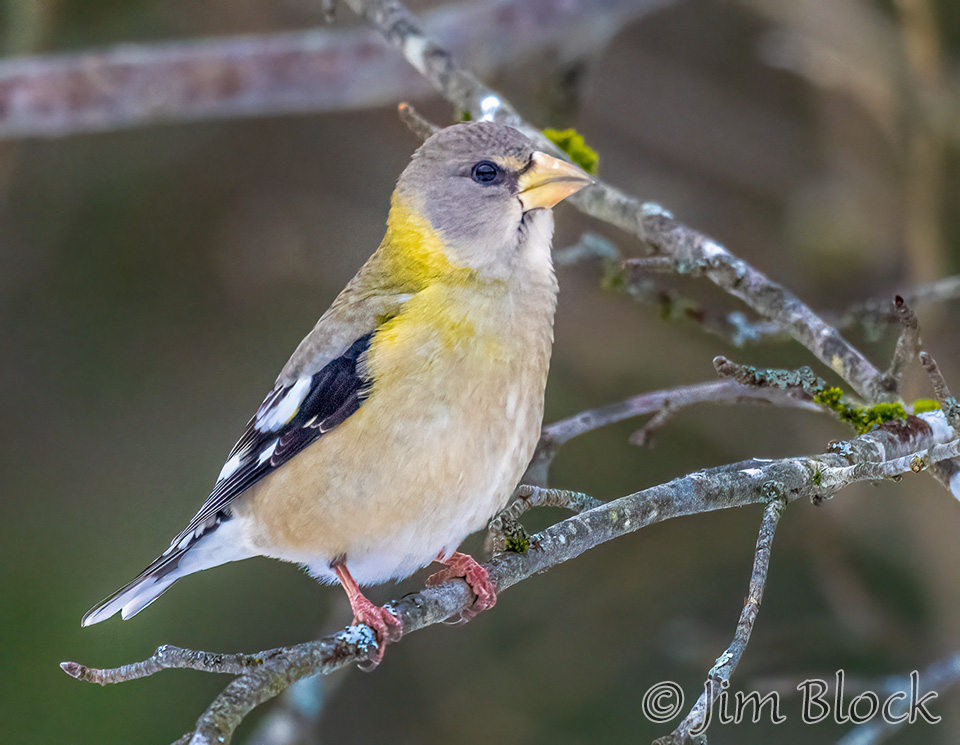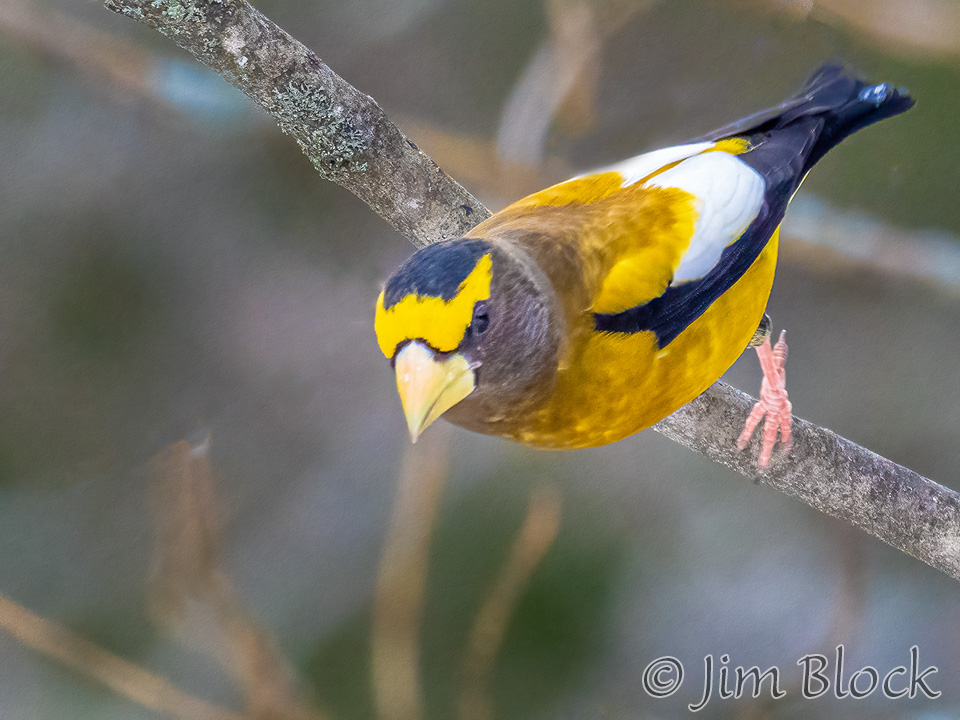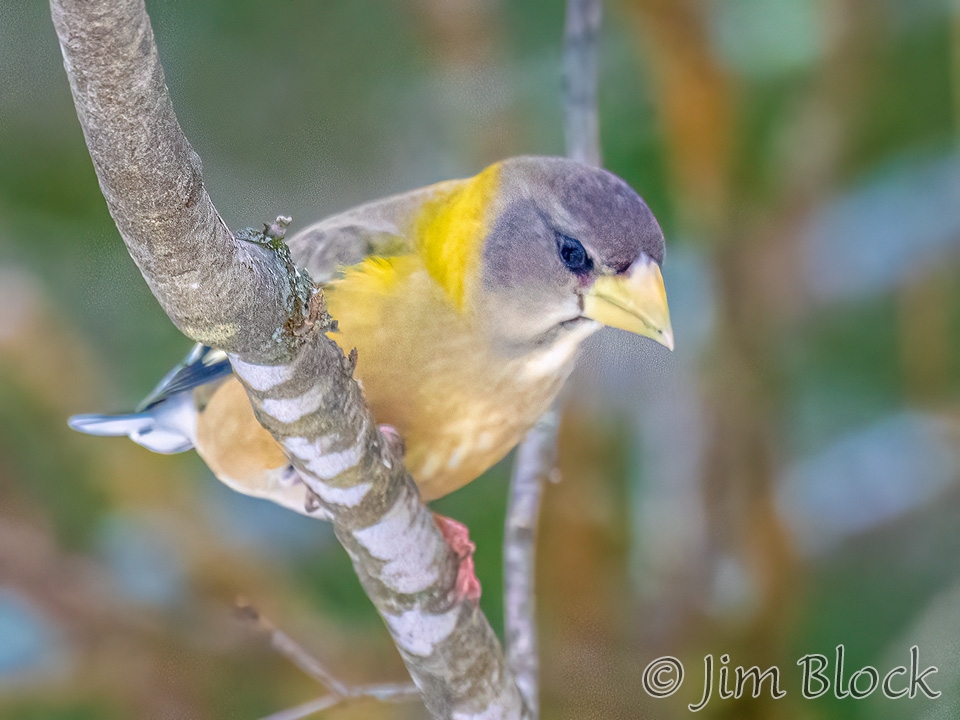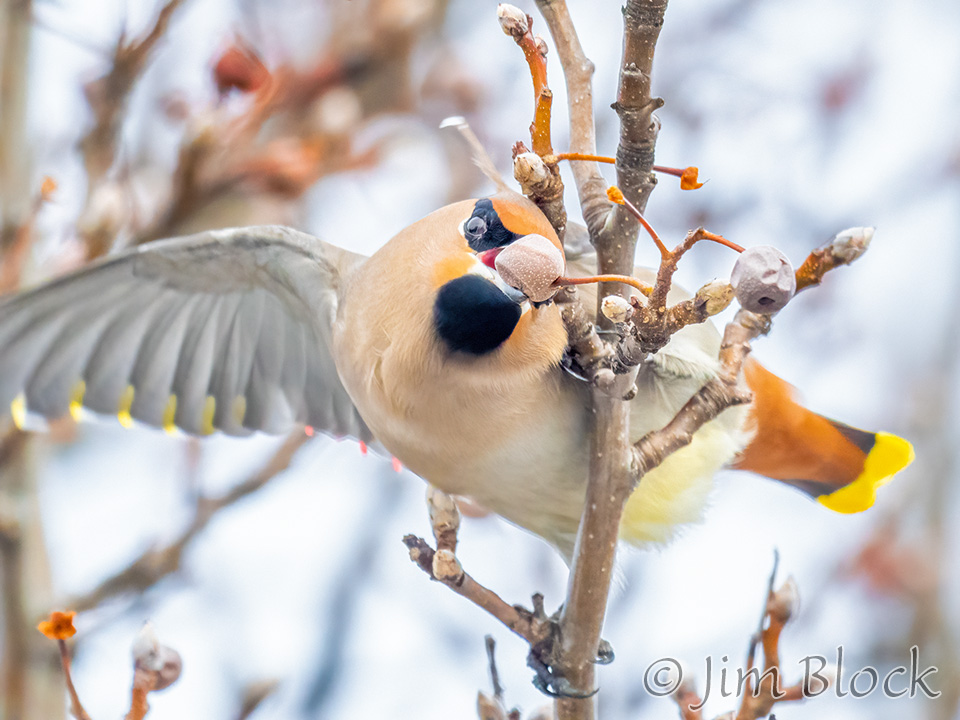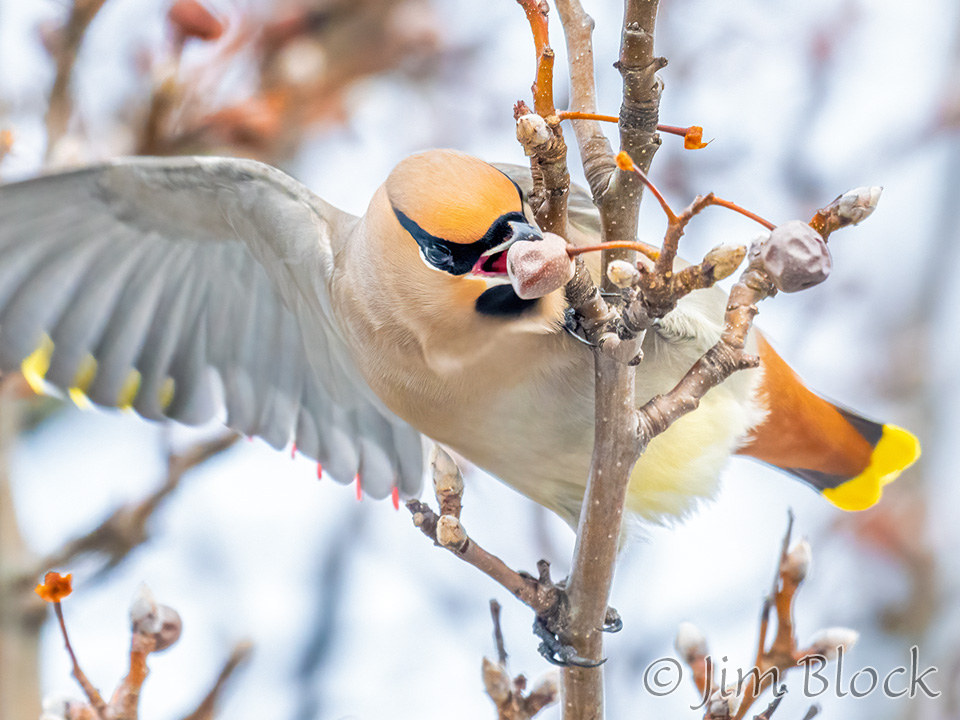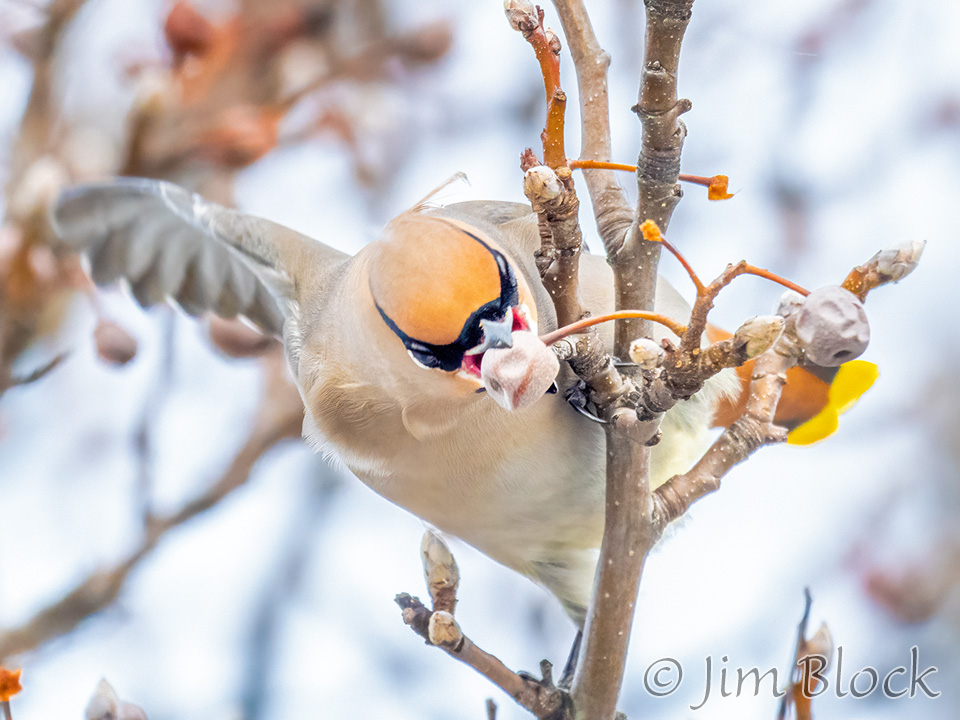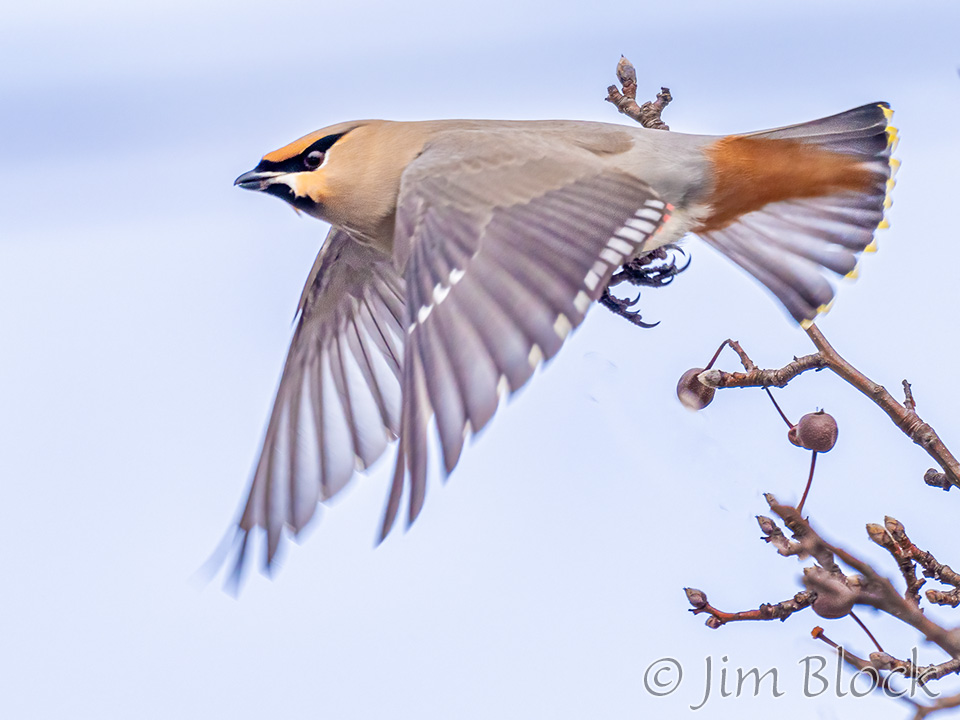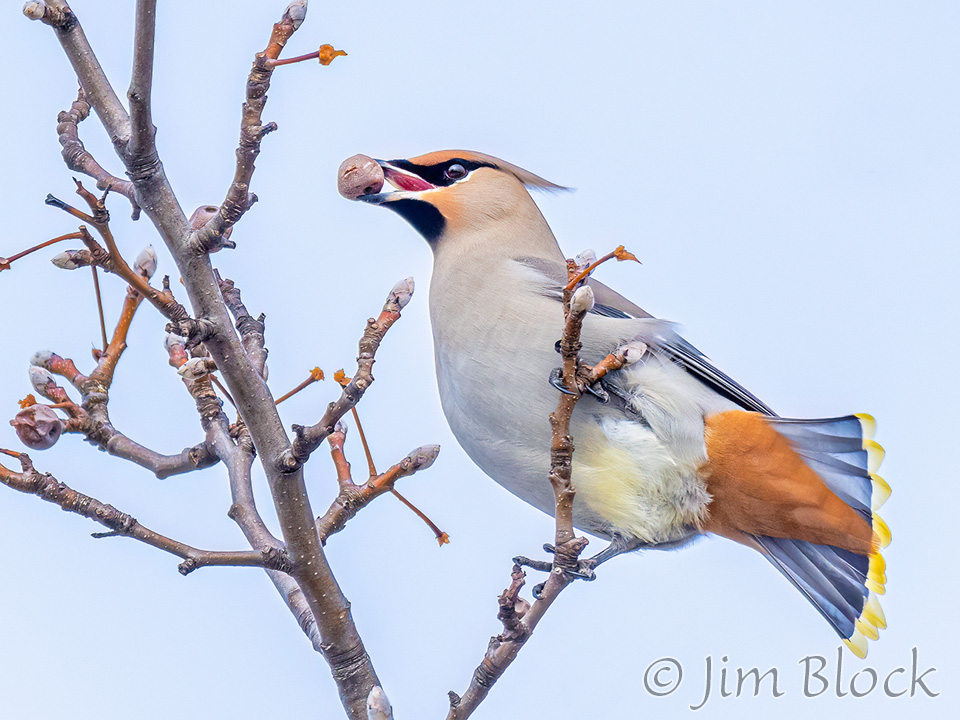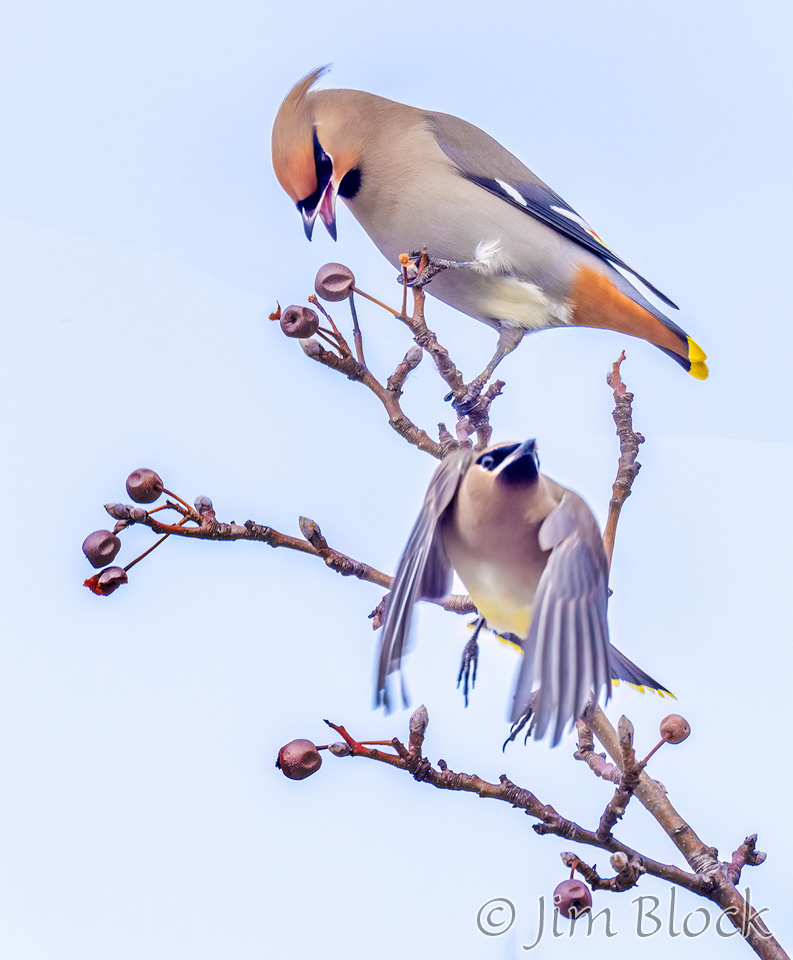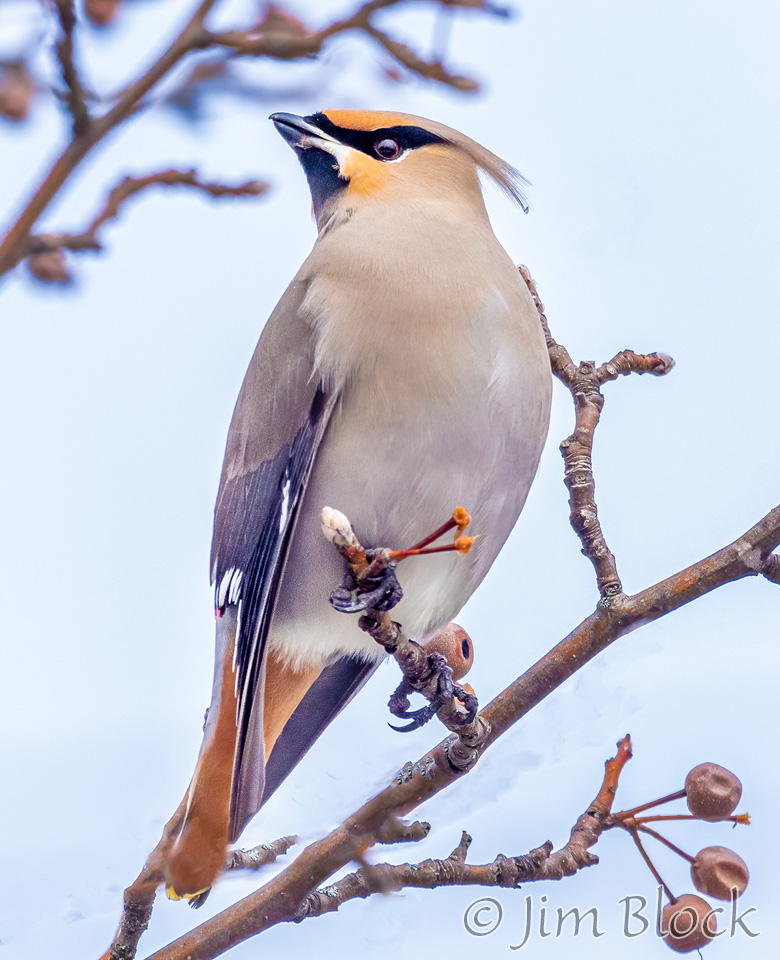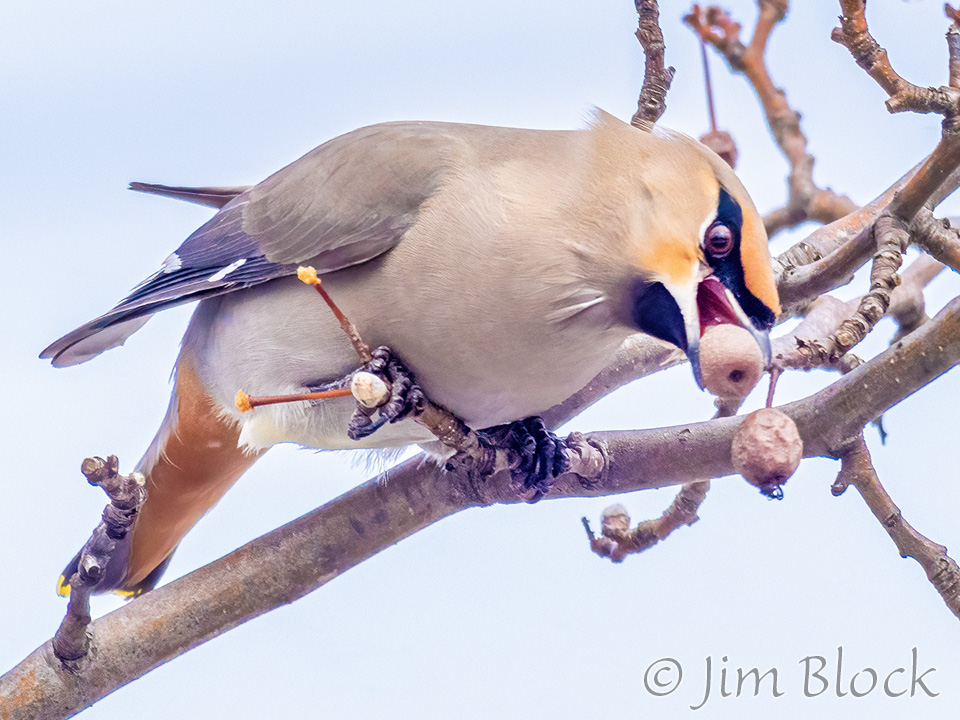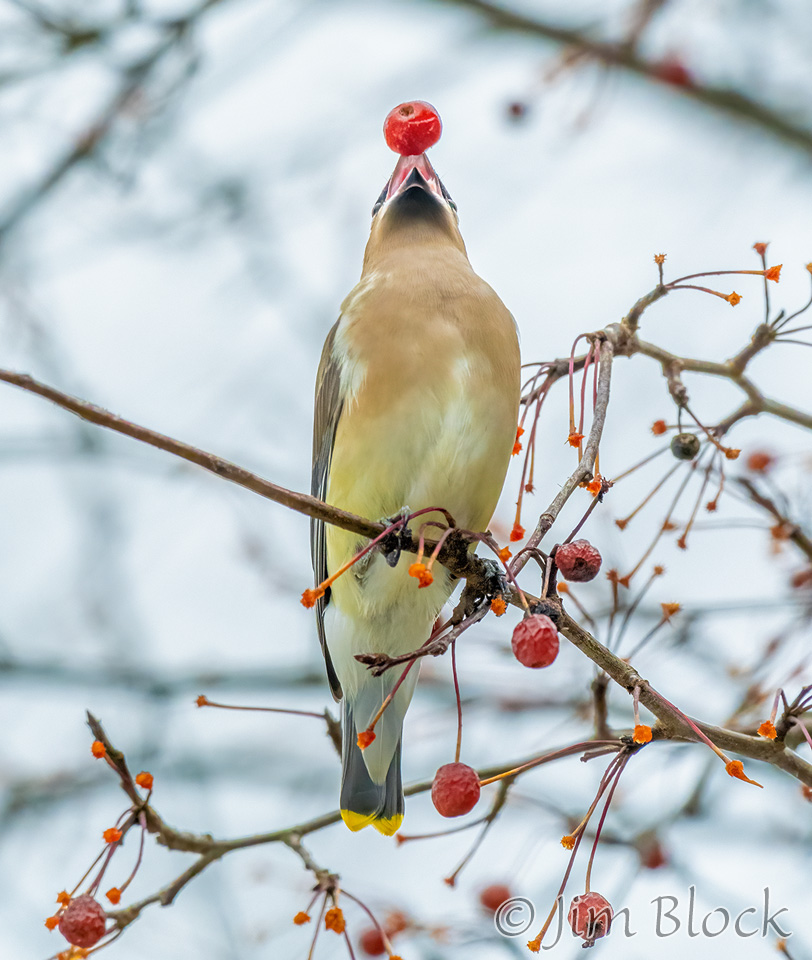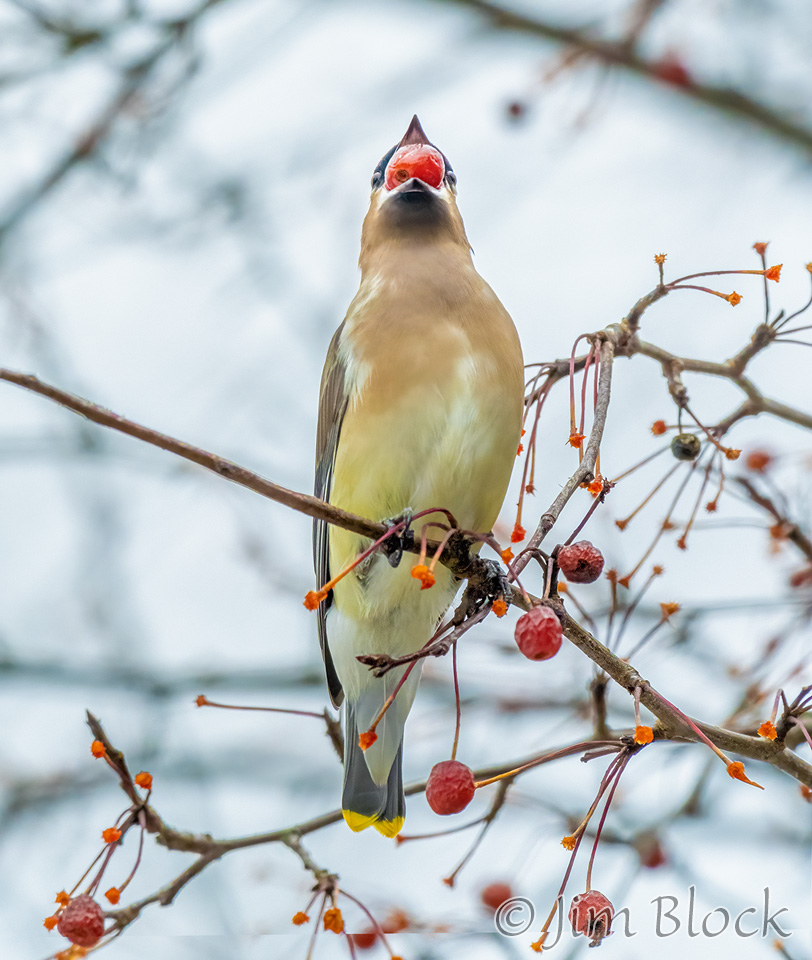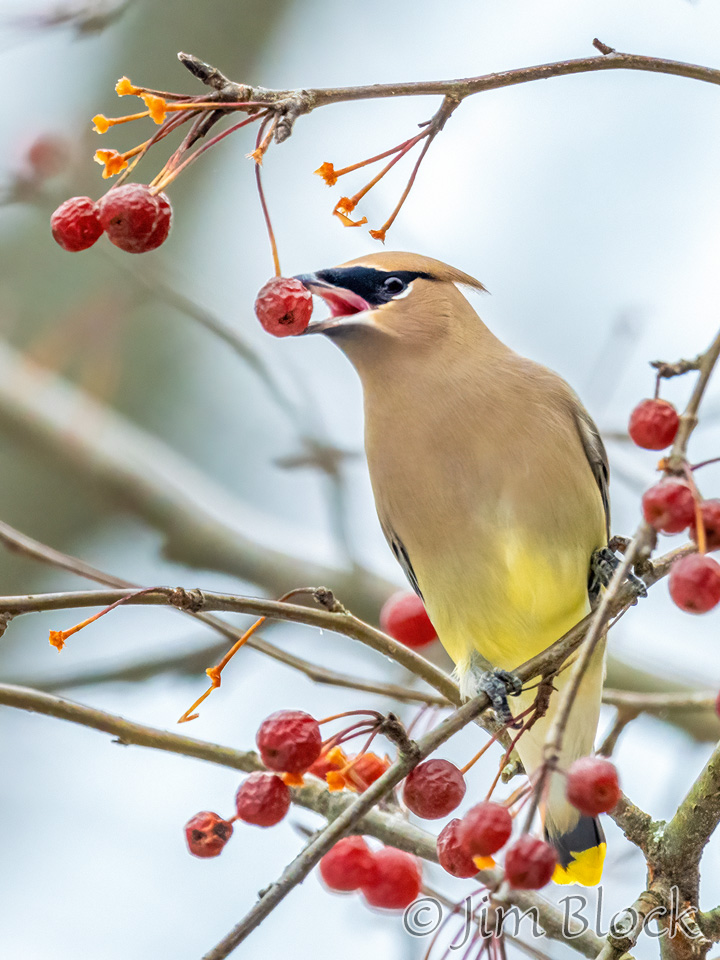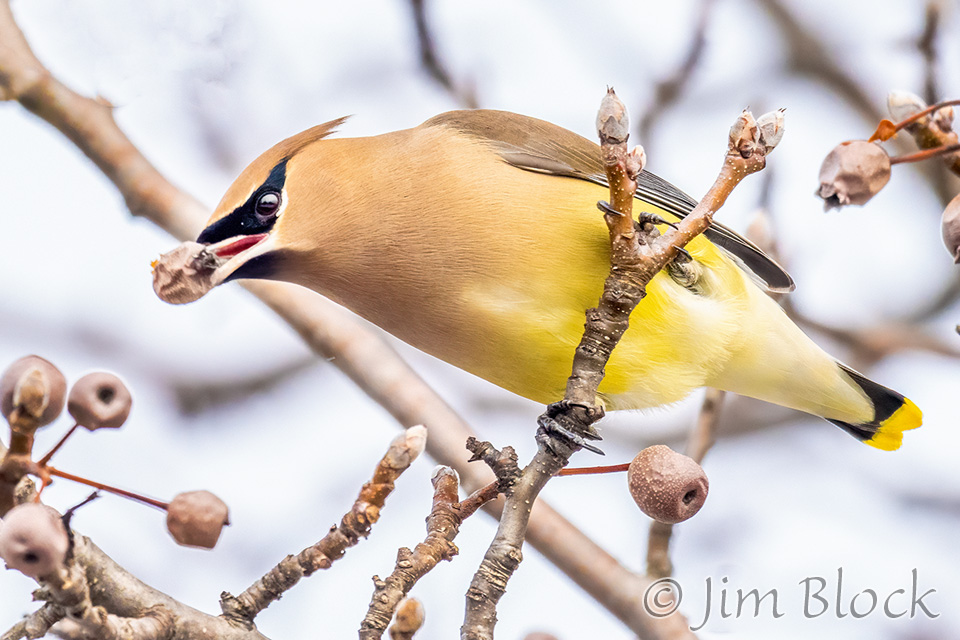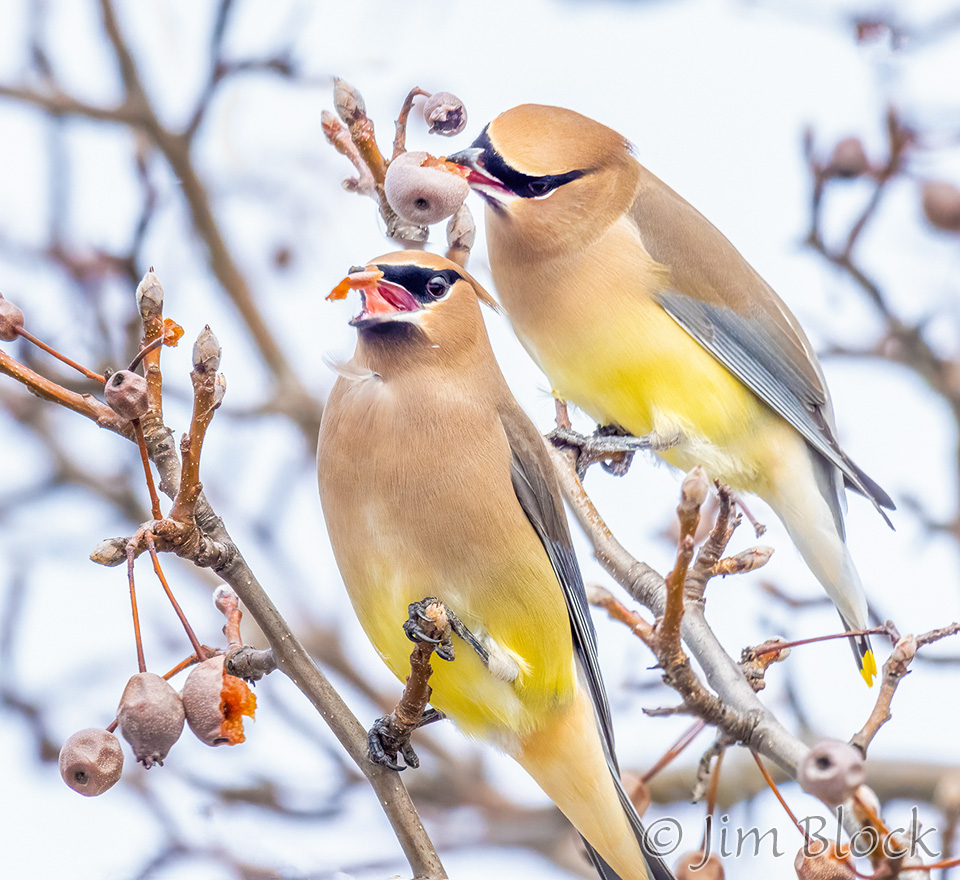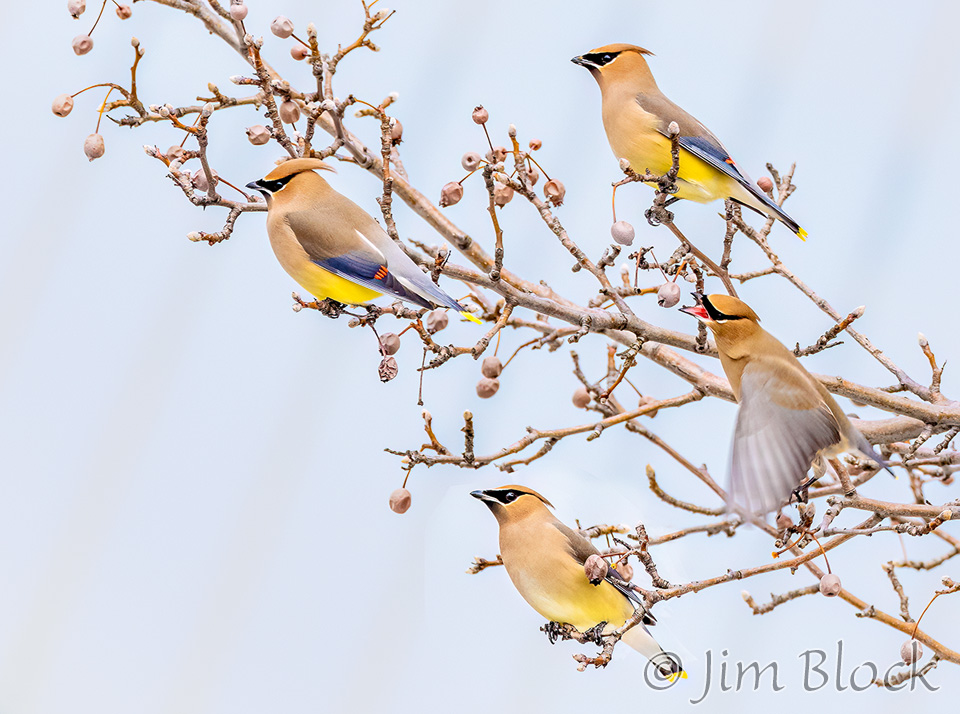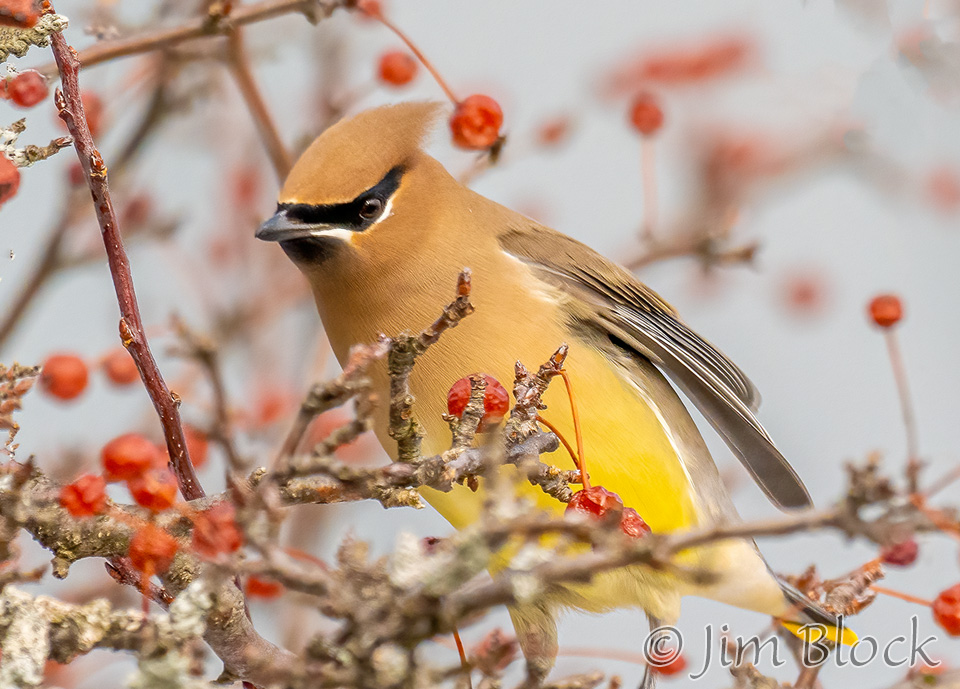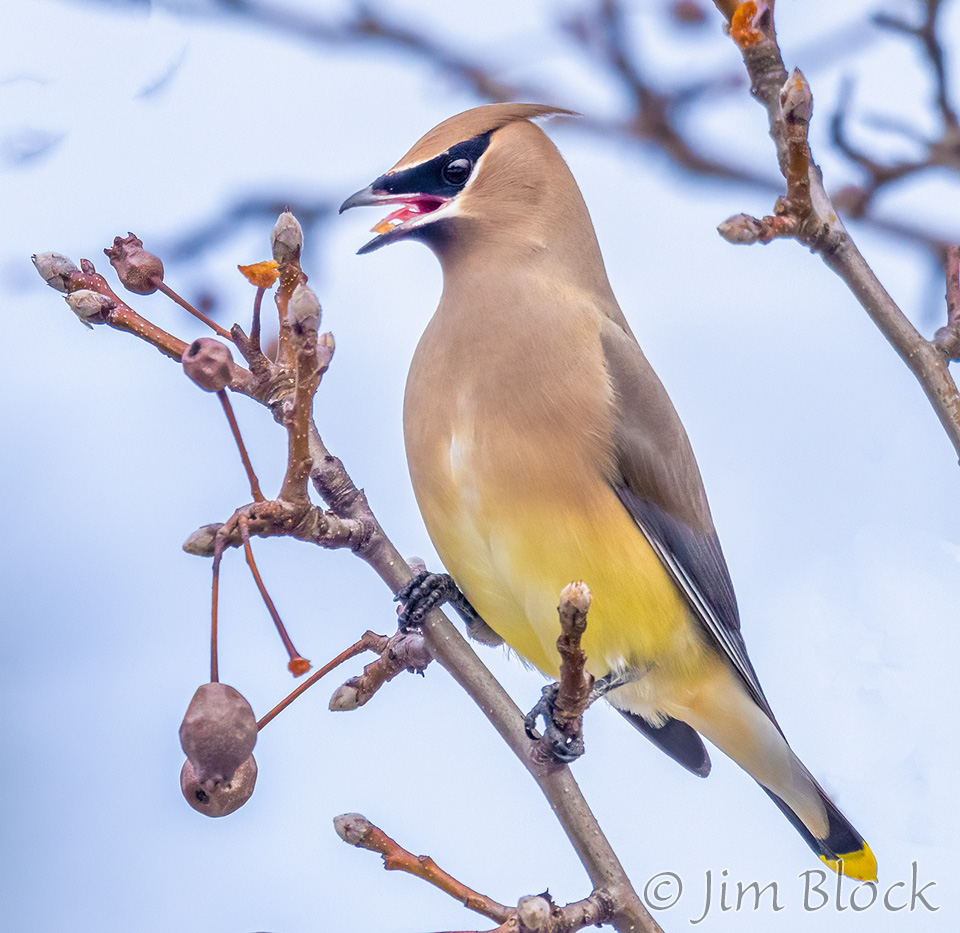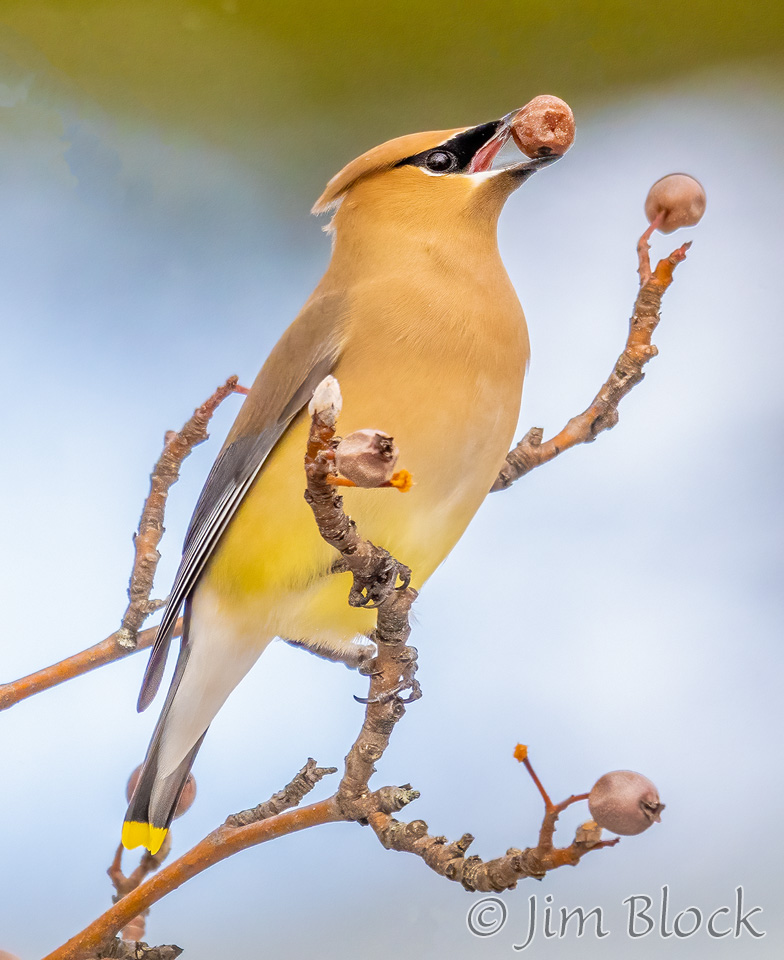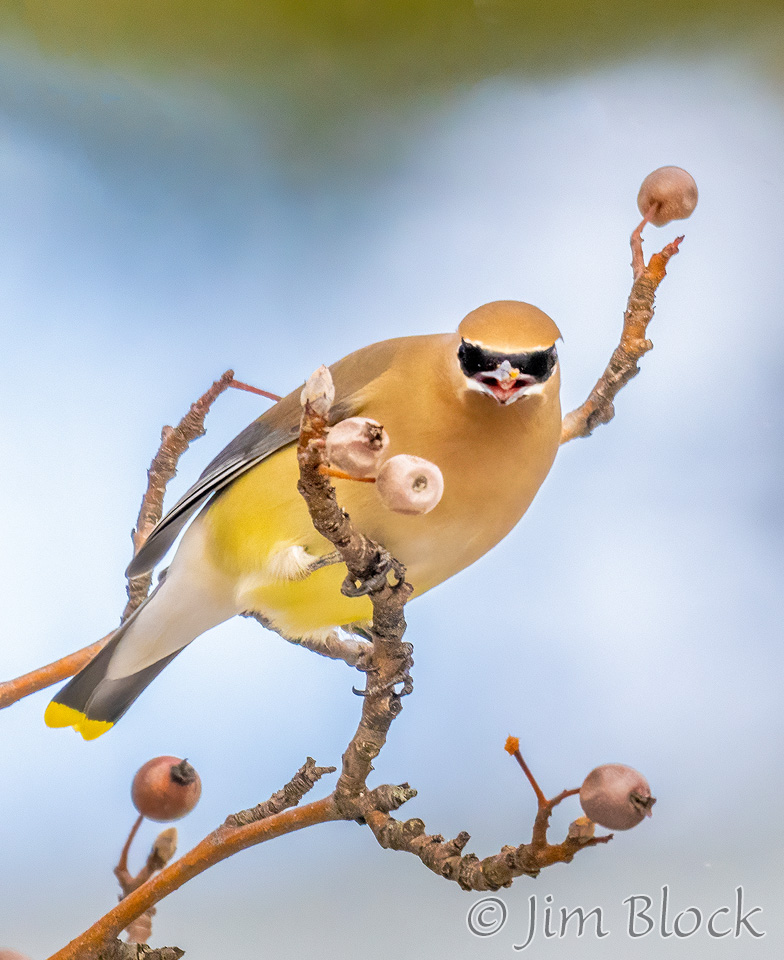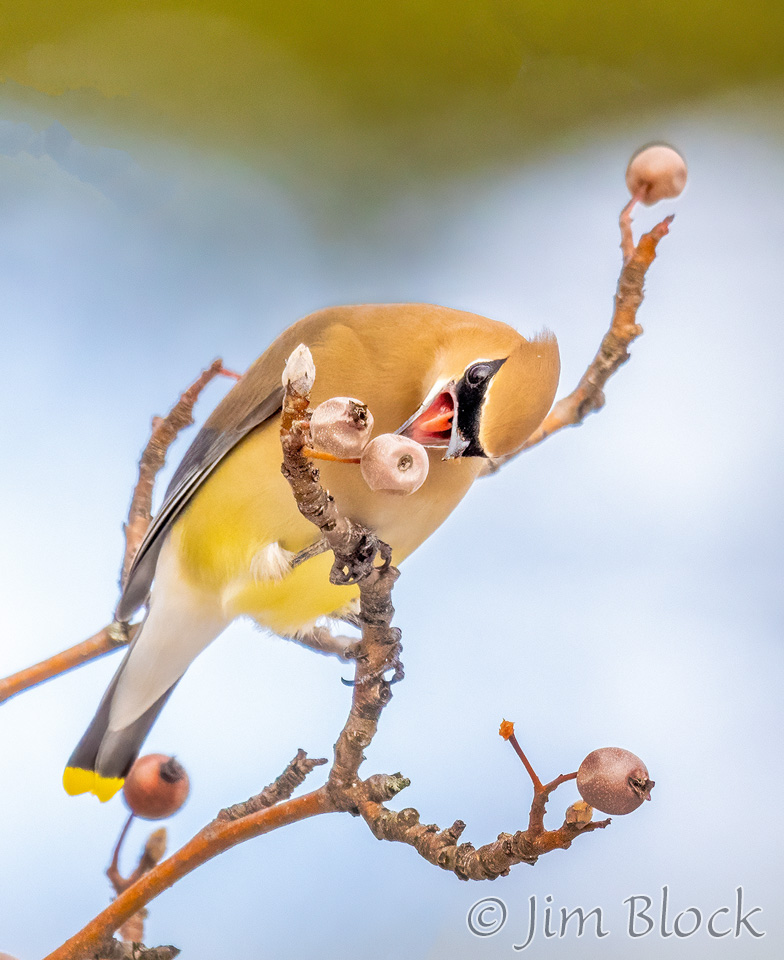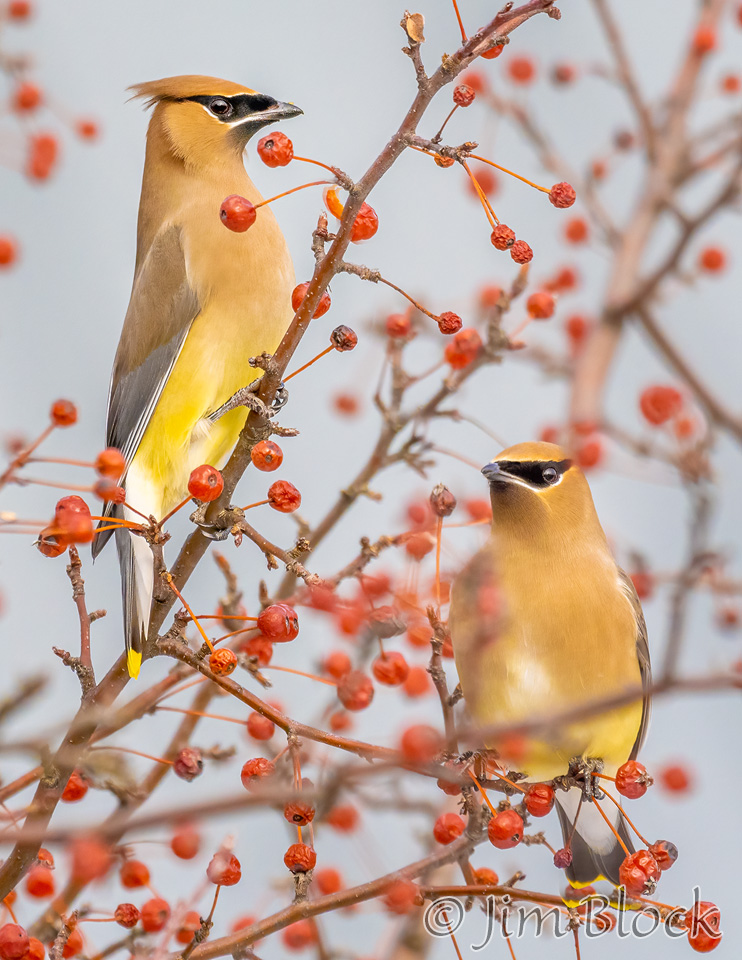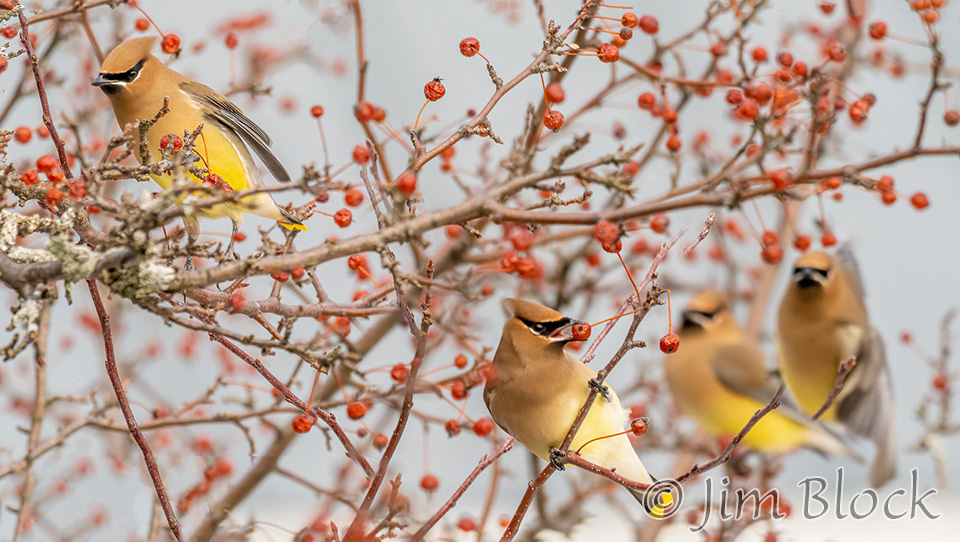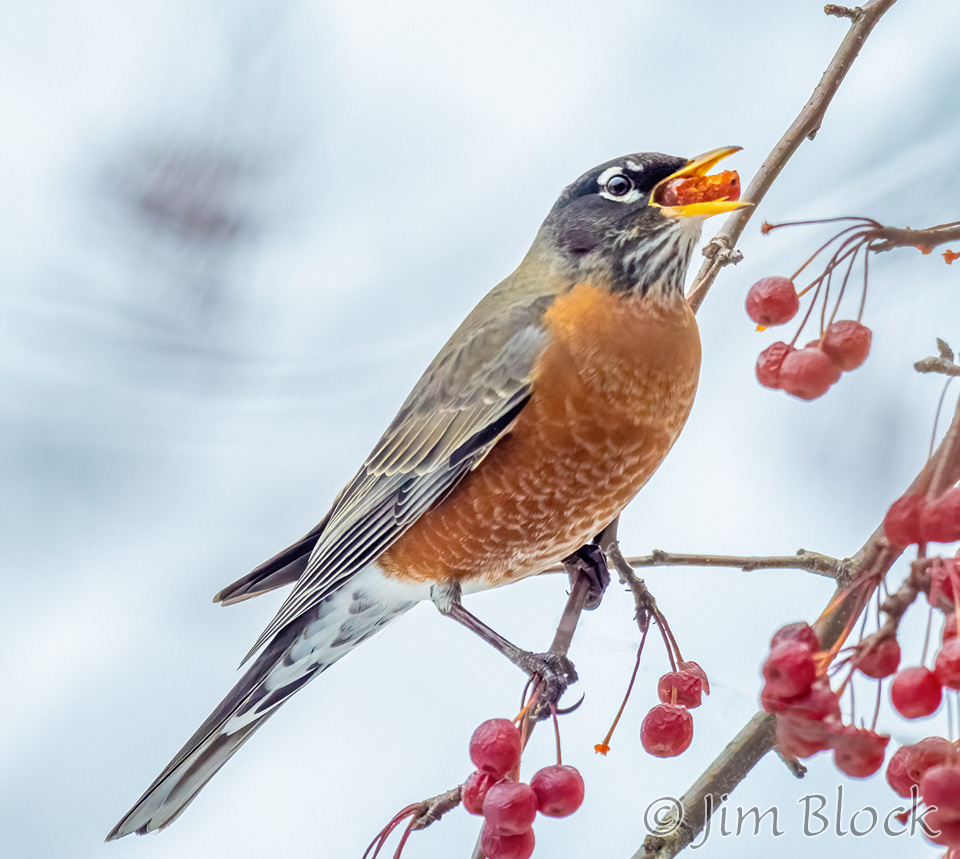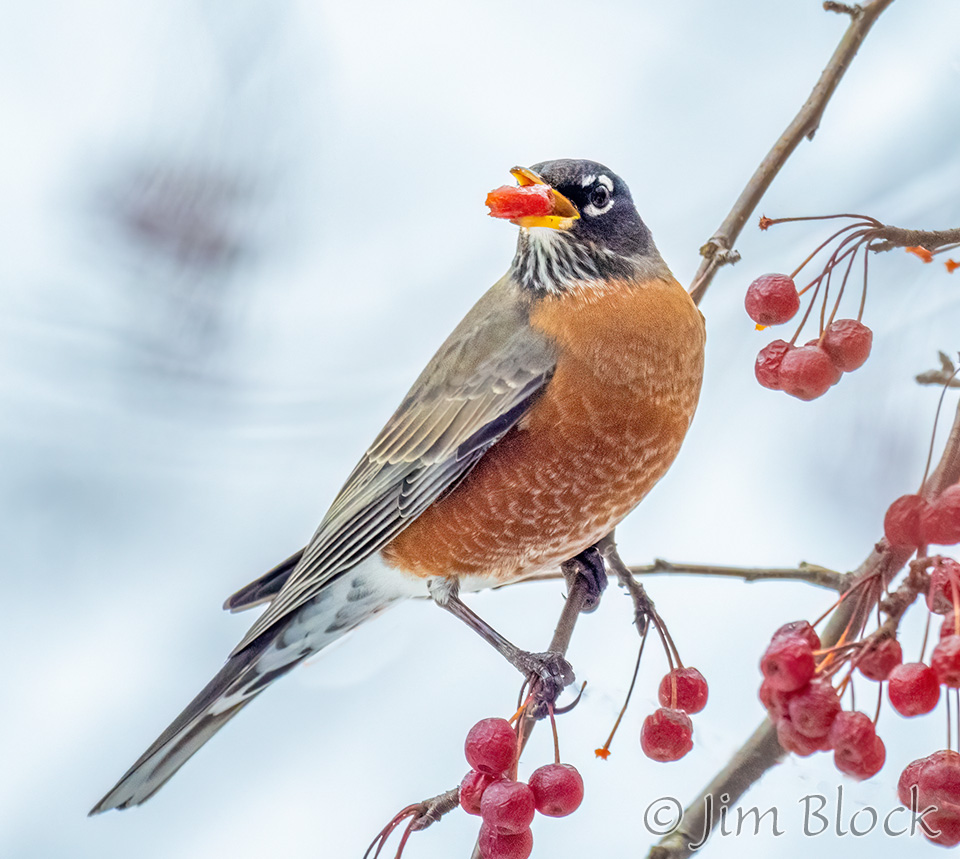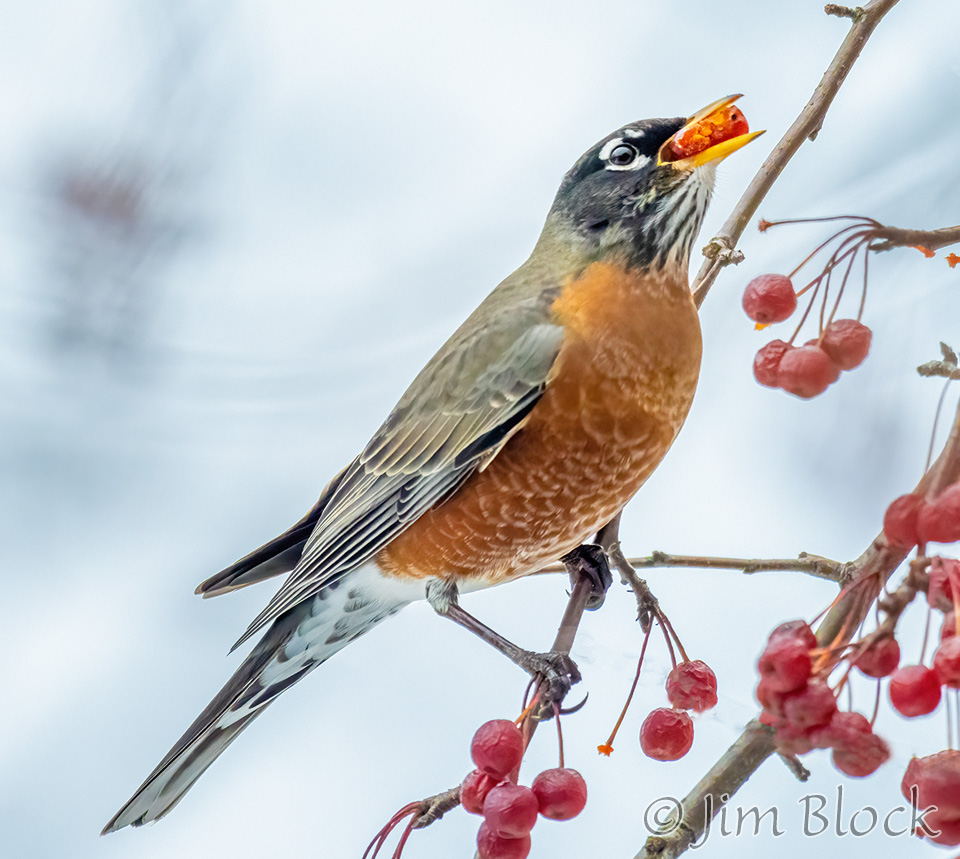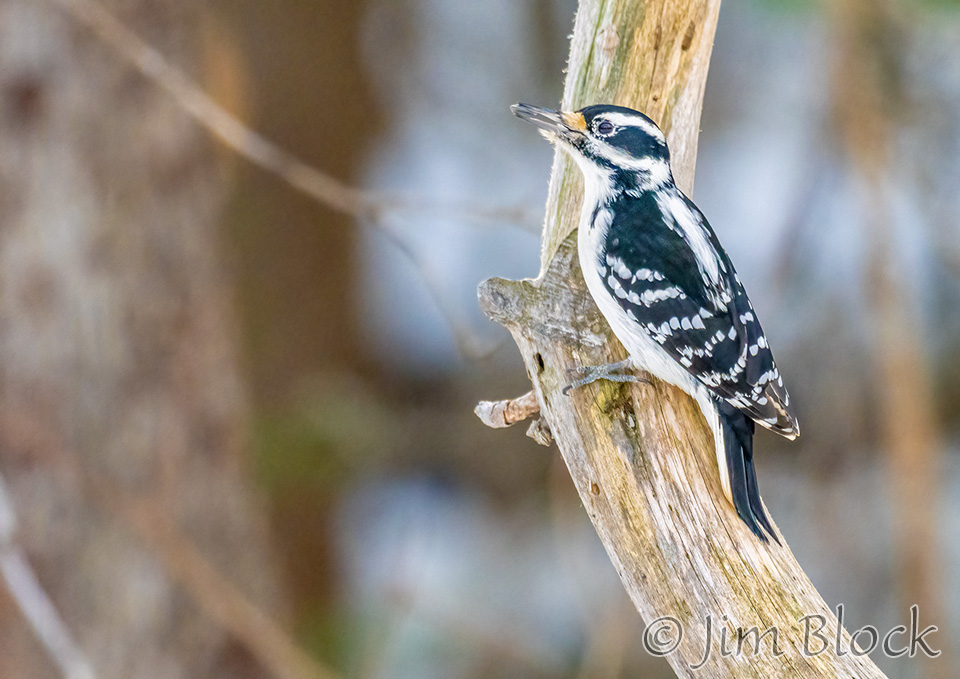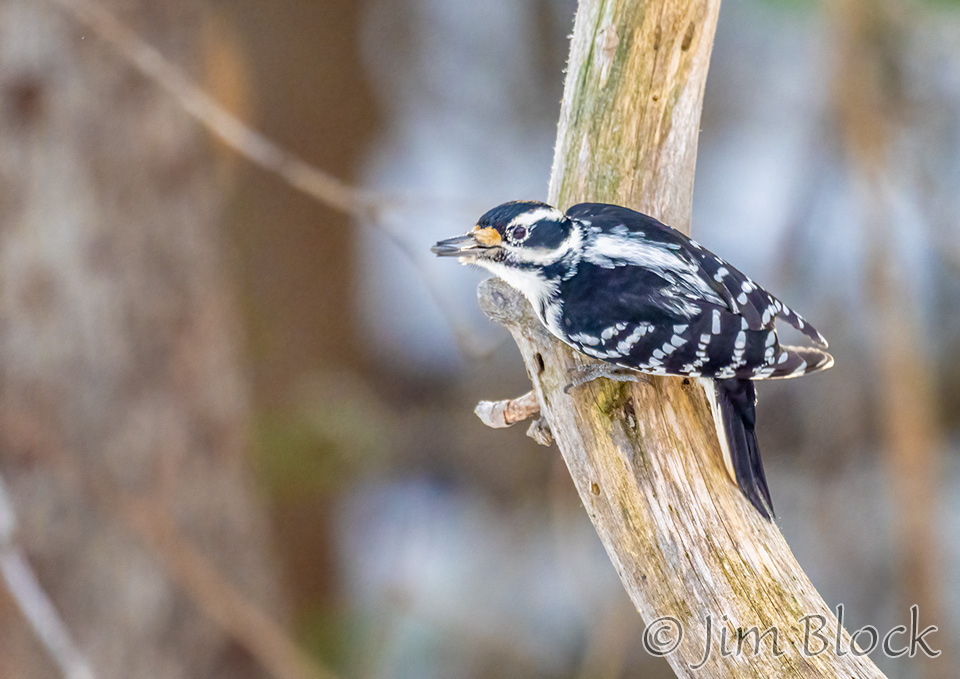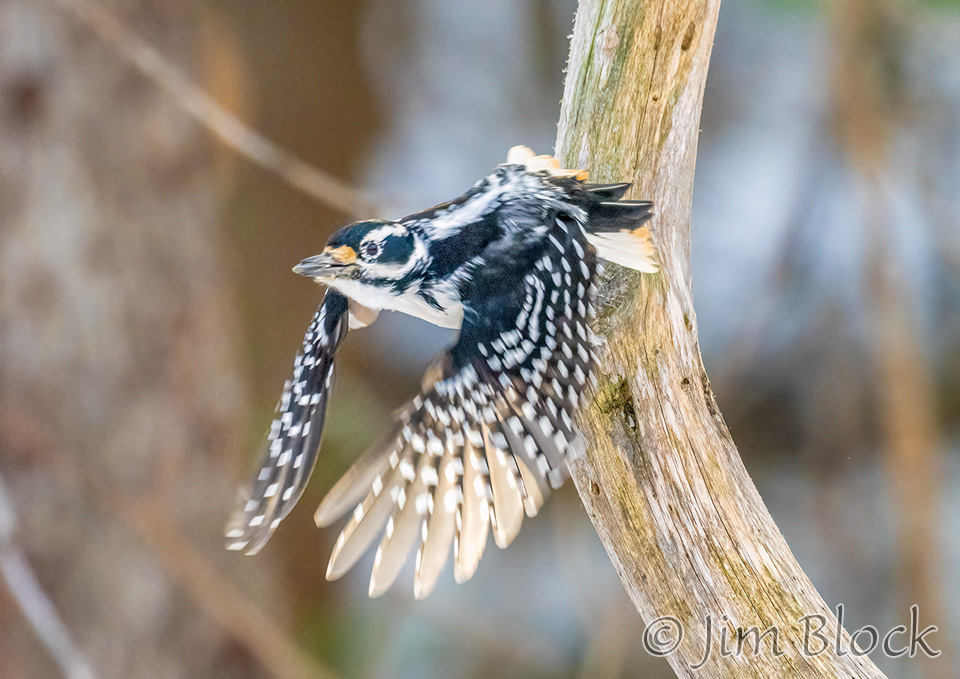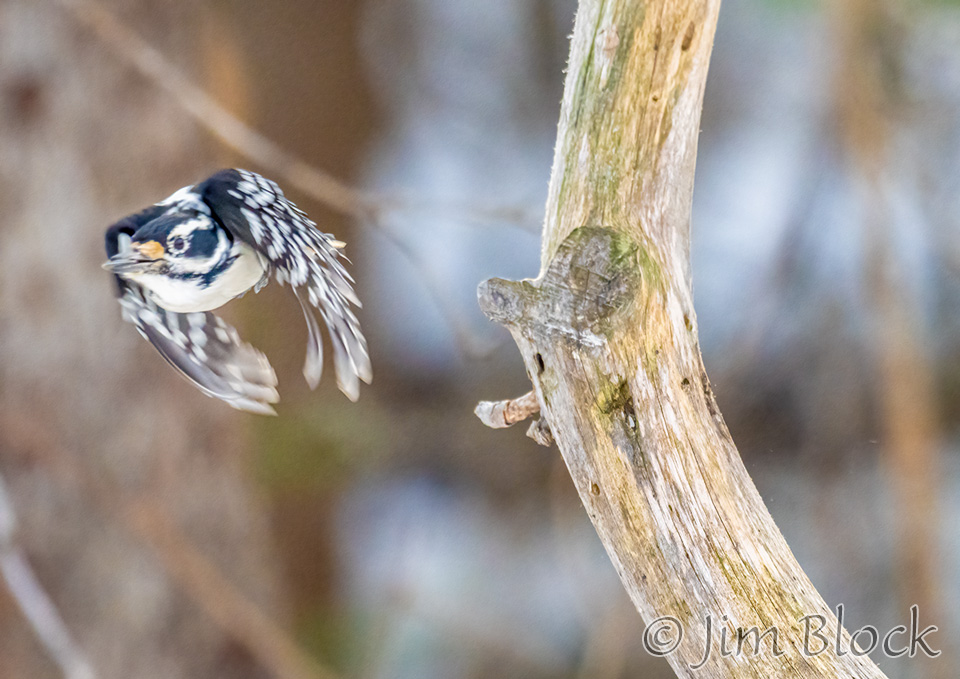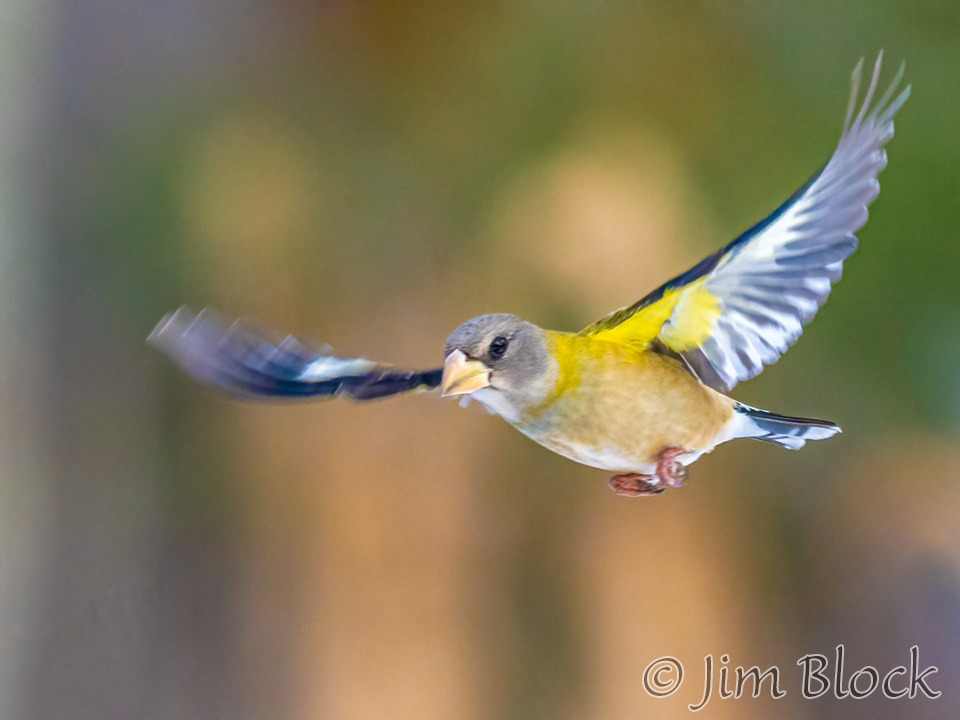
Bohemian Waxwings joined Cedars Waxwings and American Robins to scavenge fruit from trees in New London, just in time for this blog post.
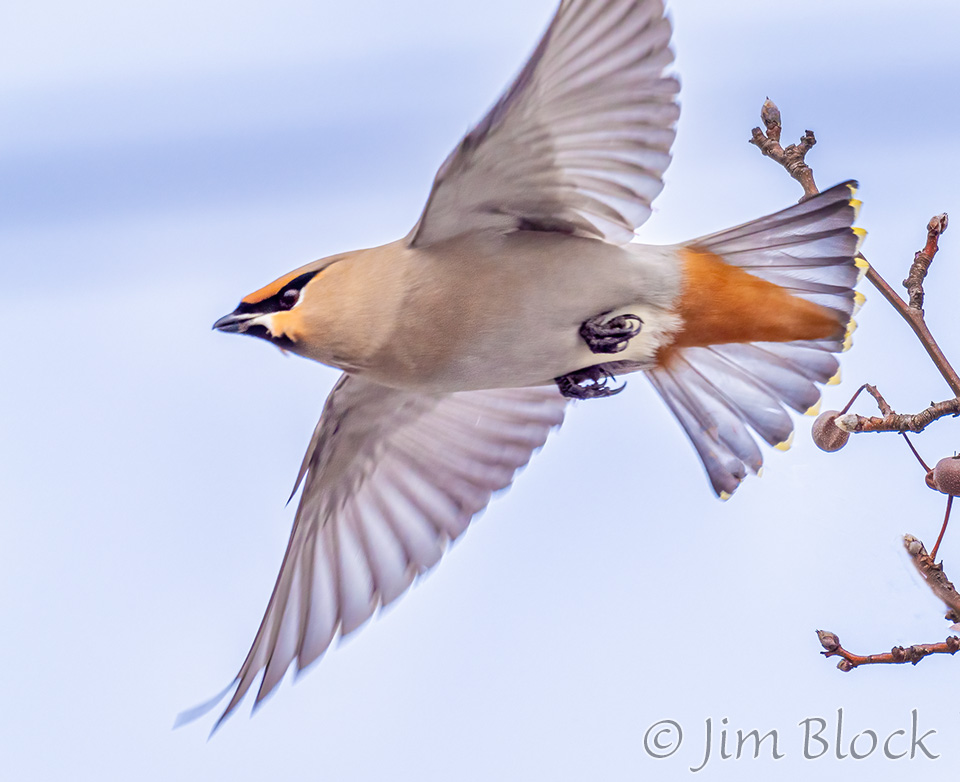


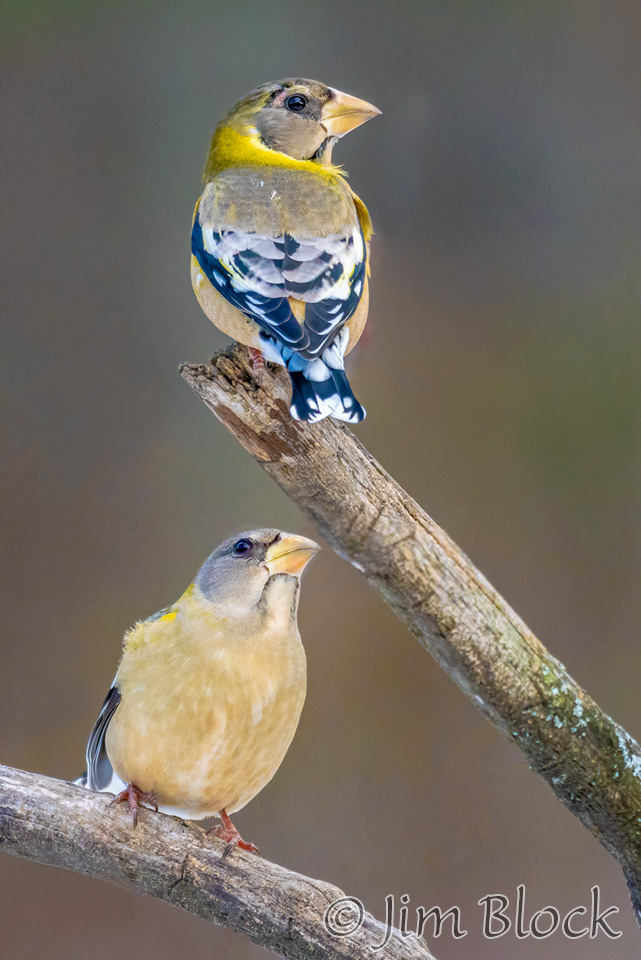
I managed to capture some photos of grosbeaks flying.
David has a metal feeding tray in his yard. Here is a short squabble on it.
Here are more photos from David’s yard.
Two days later found me in Len’s yard in Canaan. Although he had counted 104 early that morning, they were absent when I arrived. Later a small group visited for a short time, but a great fraction of them seemed to be adult males.

Here are seven more photos from Len’s yard.
Bohemian Waxwings
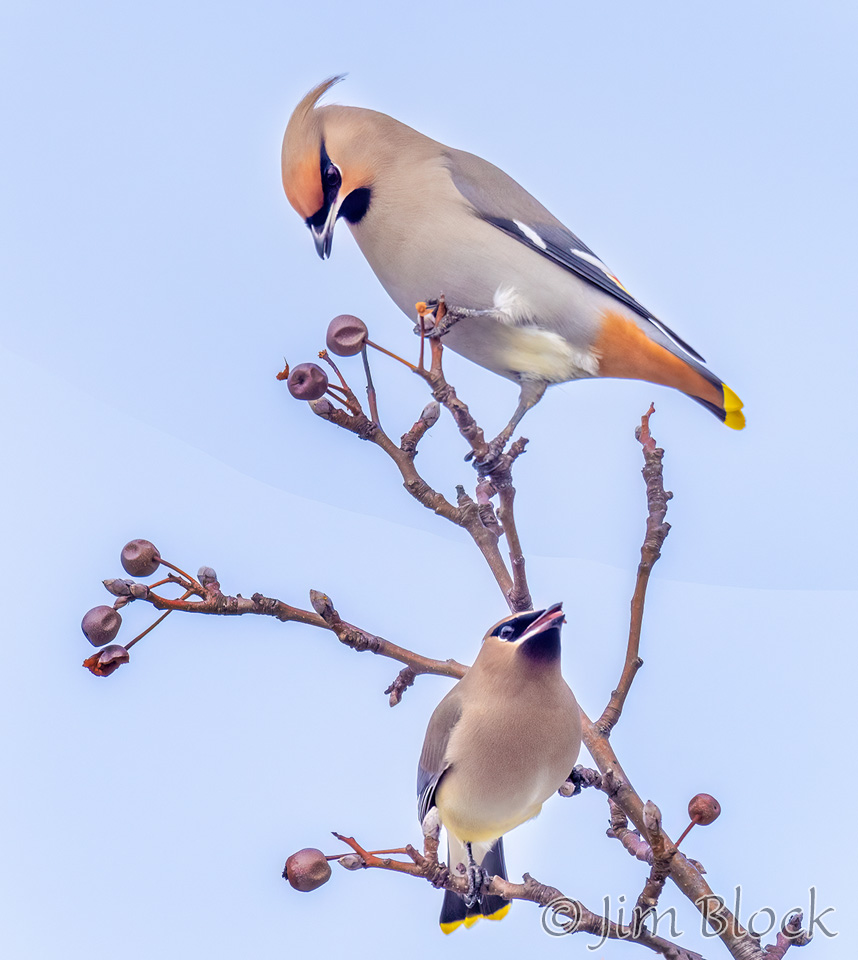
Here is a short sequence of a Bohemian Waxwing grabbing something to eat. Its red butt can be clearly seen.
Here are more photos of Bohemian Waxwings in New London.
Resident Bird Species

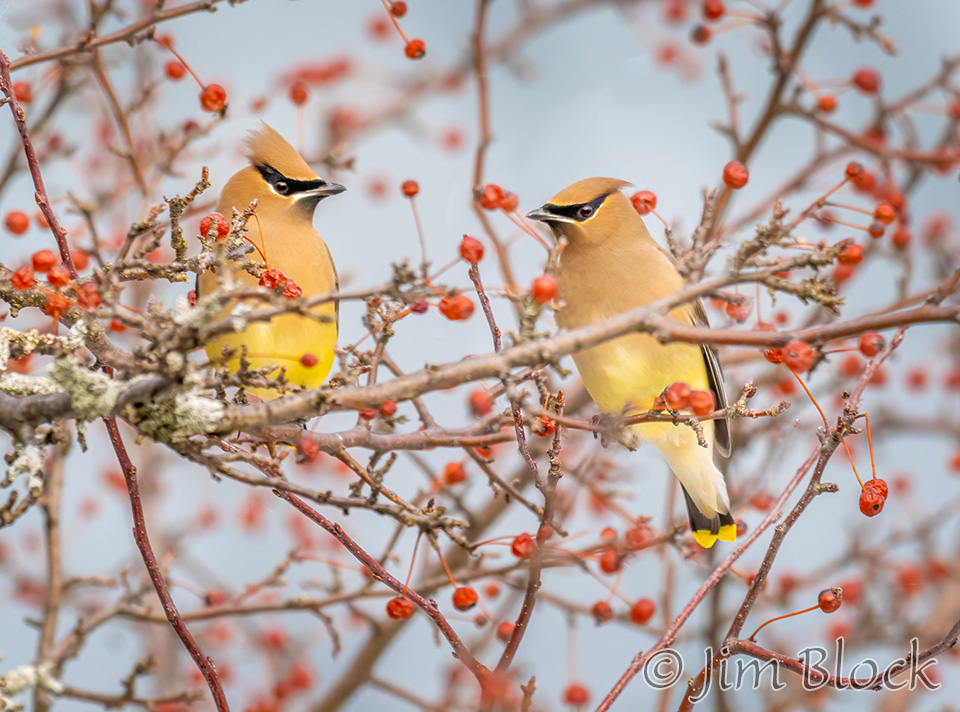
In New London one grabbed a y and flew toward me.

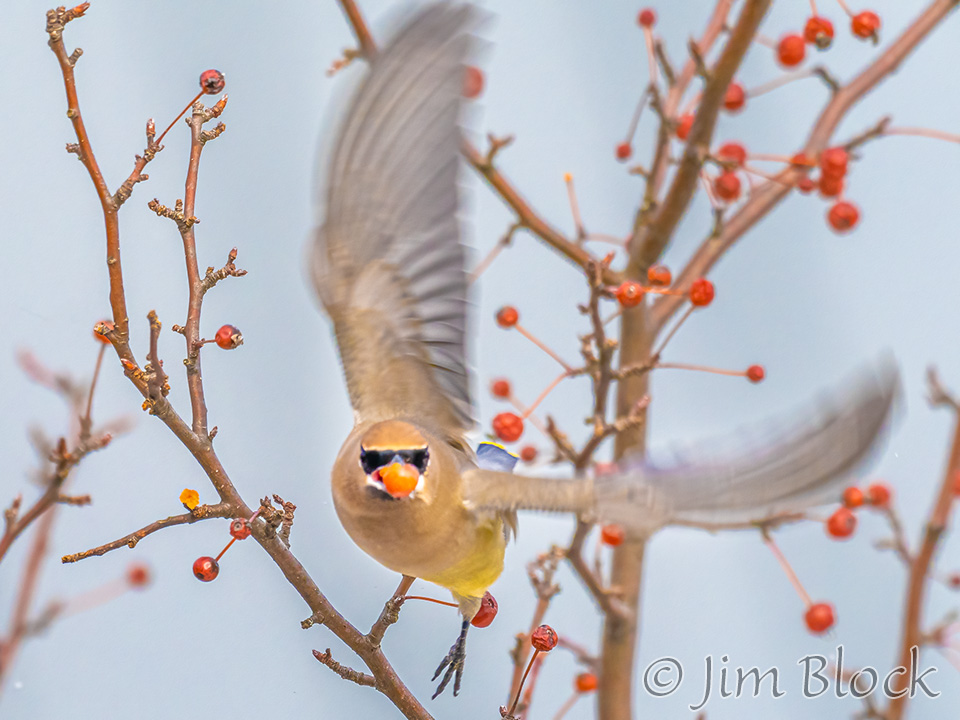
These birds are almost comical the way they hold, toss, and eat the ies.
Waxwings are beautiful birds. The name “waxwing” comes from the waxy red secretions found on the tips of the secondaries of some birds. You can clearly see it in the photo below.
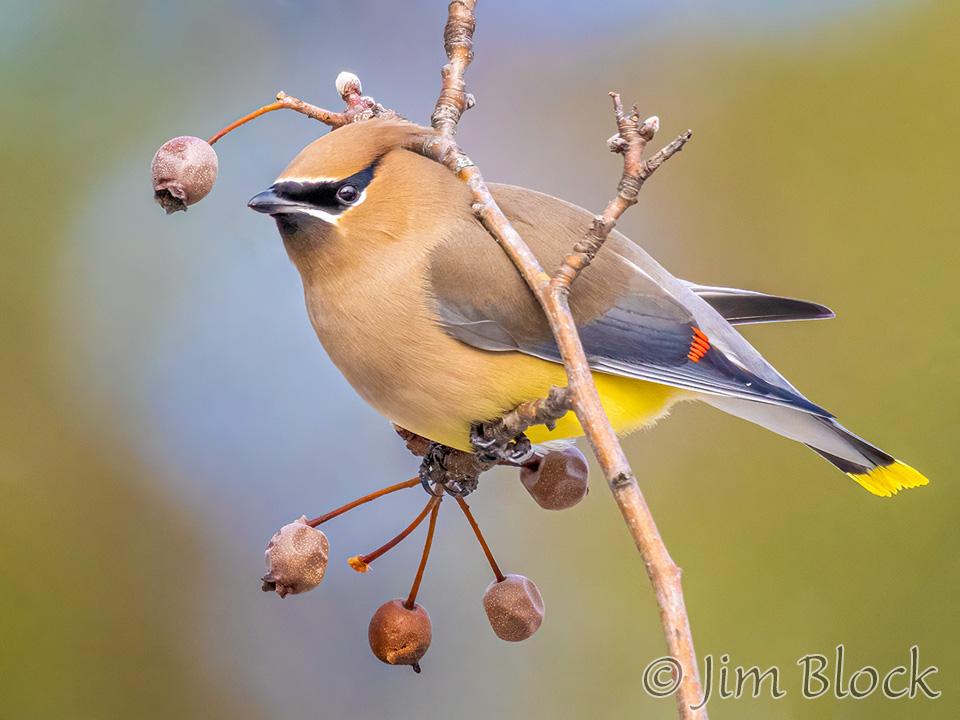
Below is a baker’s dozen more photos of Cedar Waxwings taken during the past few weeks in Hanover and New London.
Along with the waxwings in New London, I photographed a few American Robins. Here is one plucking a fruit and flying away with it.

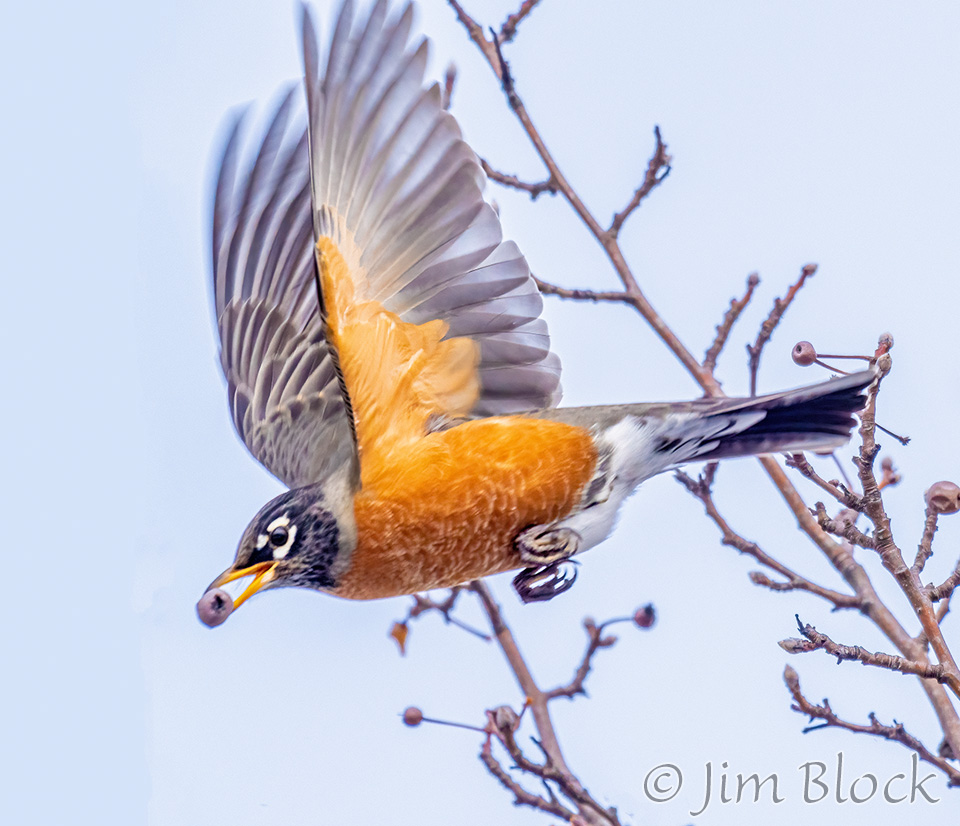
In Hanover the last day of the year, I photographed this sequence of a robin in the same tree as a few Cedar Waxwings and Starlings.
Staying with the same tree in Hanover, here are two photos of a European Starling. They are an introduced species, but still a striking bird.
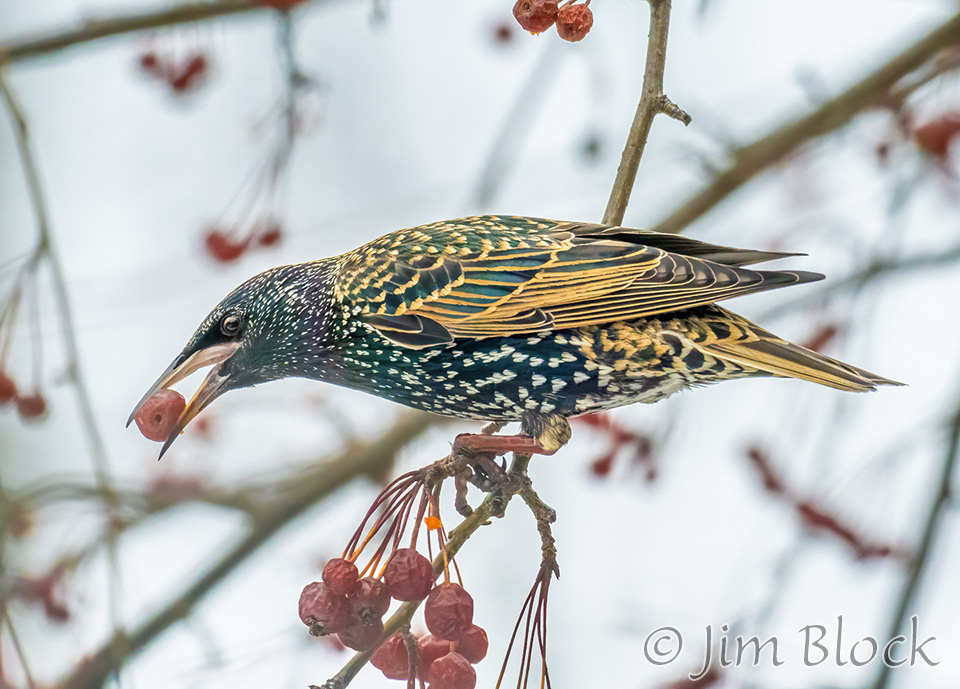
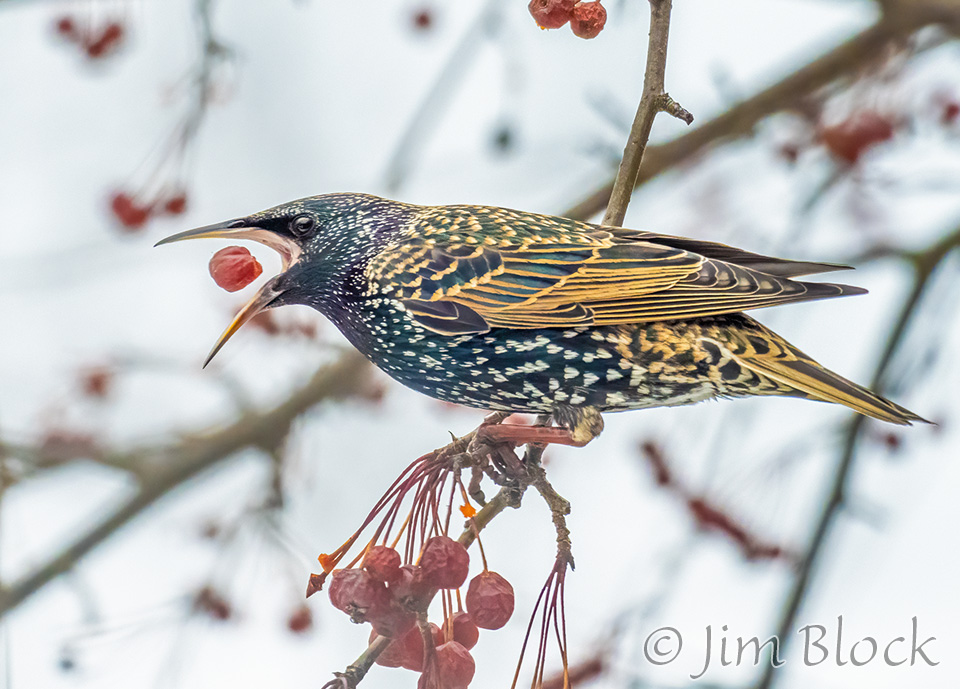
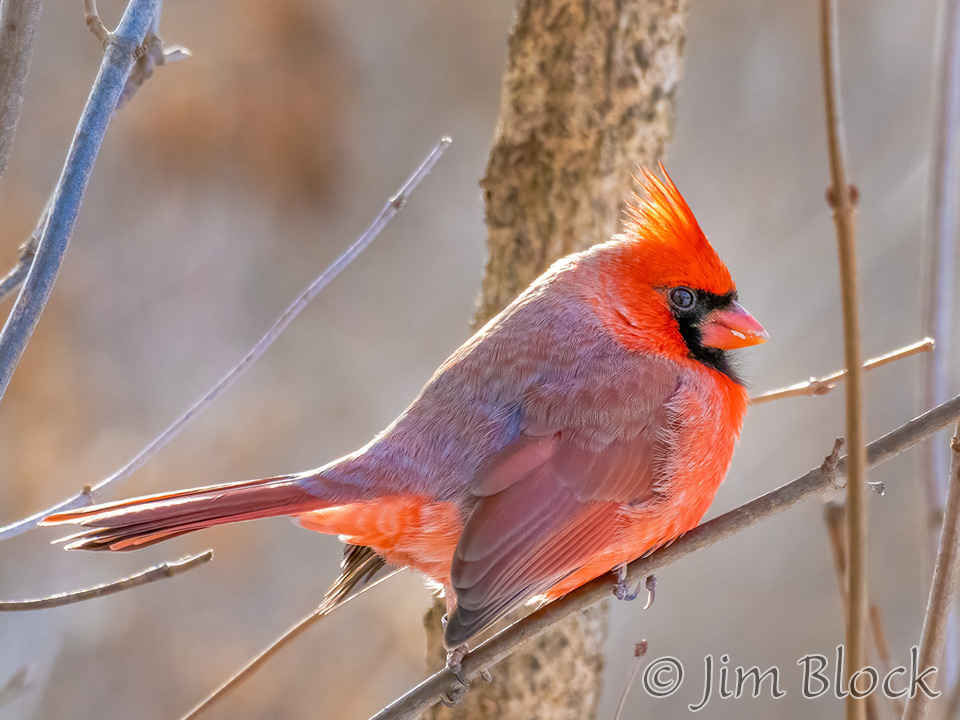

Also in Davis’s yard, I photographed a Blue Jay with an Evening Grosbeak. A great blue-yellow pair of complimentary colors together.
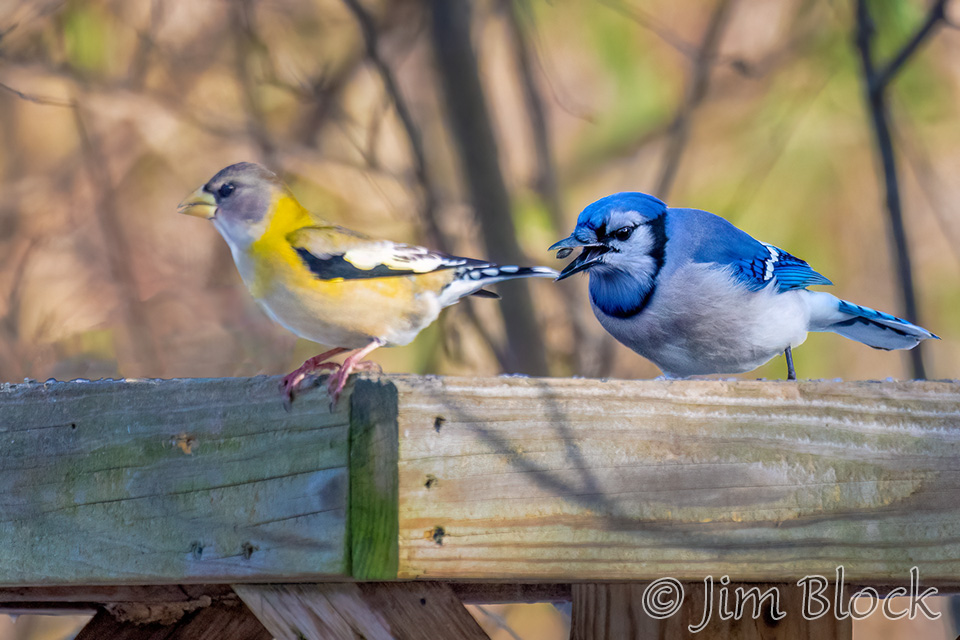
Woodpeckers in early winter were represented by two species. Here are two photos of the smaller Downy Woodpecker. Both are males with the red on their heads.

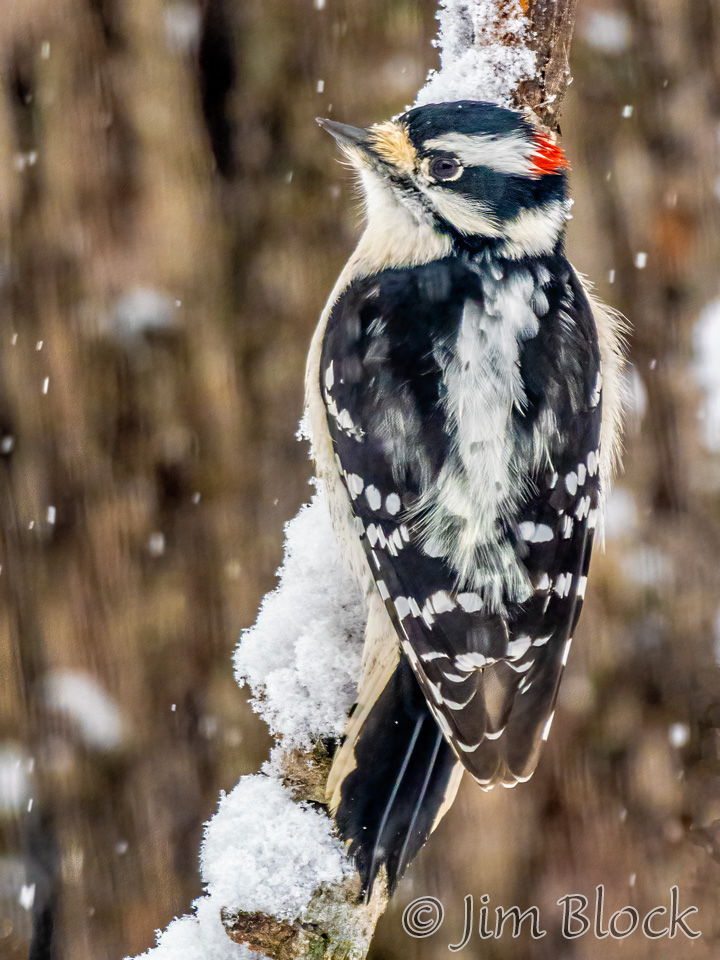
A female (top) and male (bottom) Hairy Woodpecker are shown below.
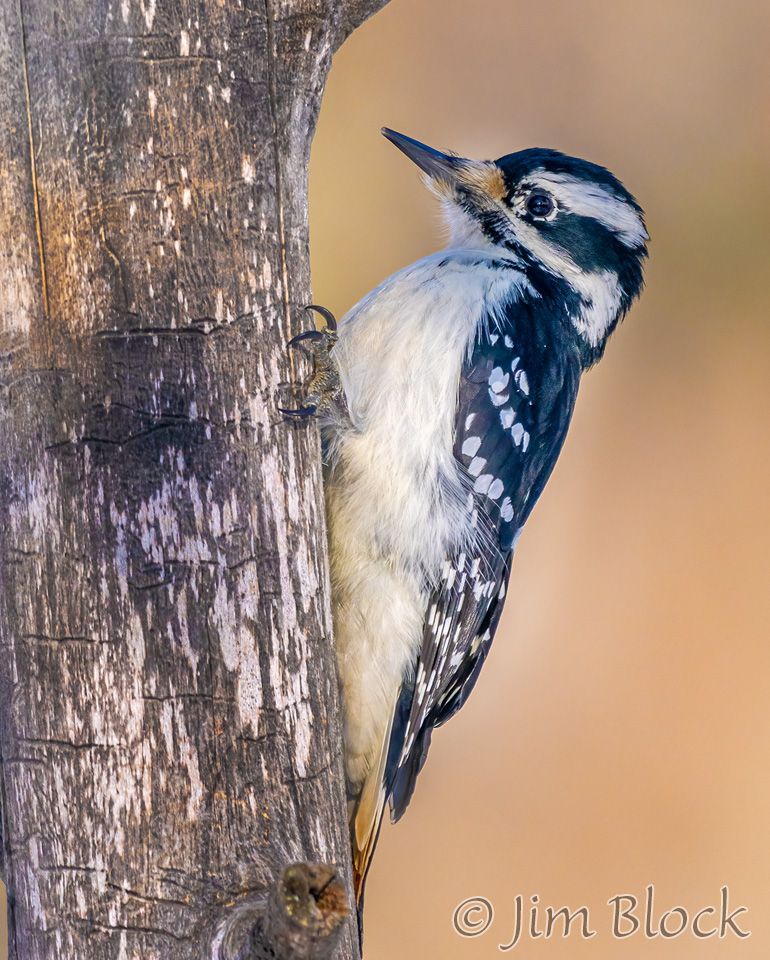
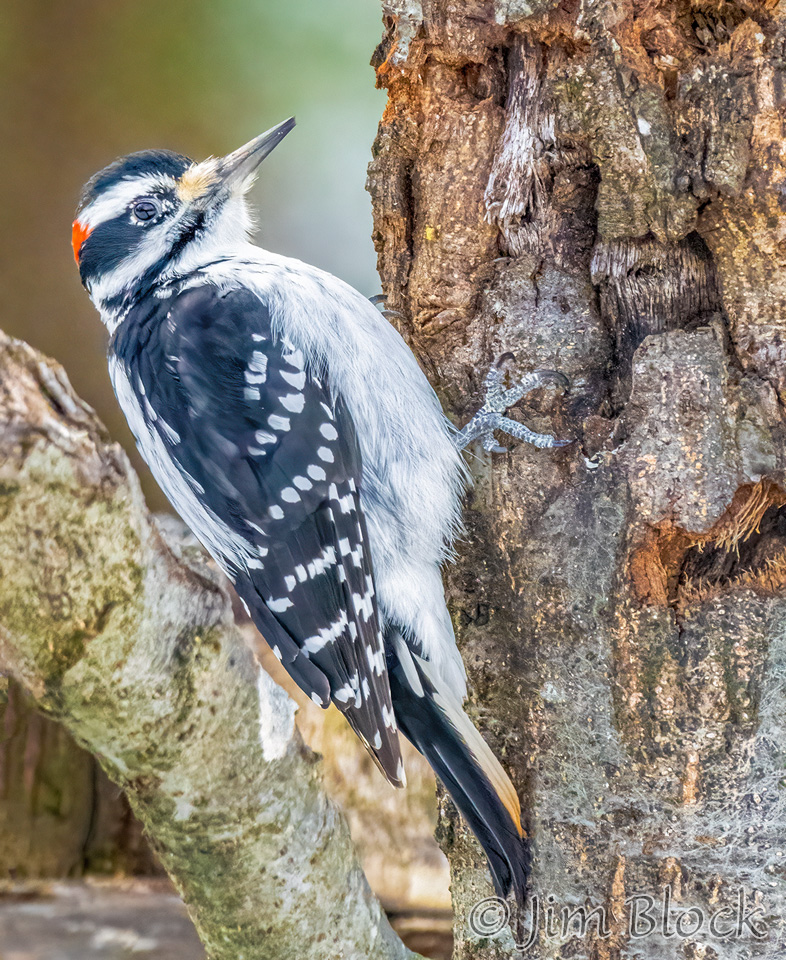
Below is a short sequence of a Hairy Woodpecker leaving its perch in Len’s yard.
Red-breasted Nuthatch is a species that is generally around in our yard most of the year. Northernmost populations migrate south, but other populations may not migrate at all. Red-breasted Nuthatches can be irruptive, moving southward in great numbers in years when cone production is poor on their breeding grounds.

Closely related to chickadees, the Tufted Titmouse can look very blue in some light.
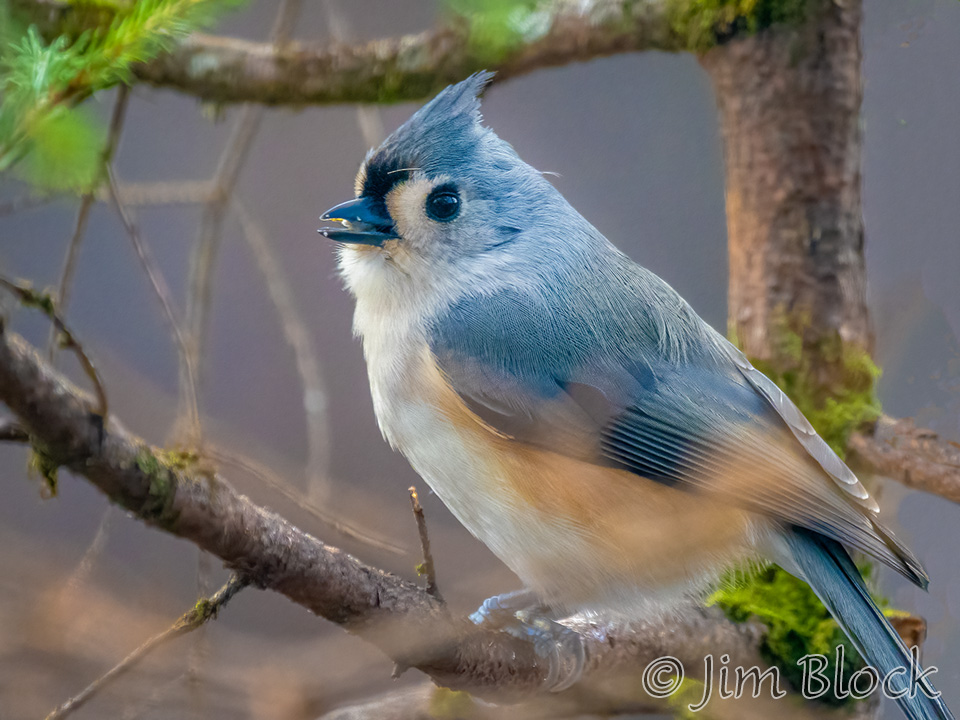
Here the titmouse has a more natural grey color.
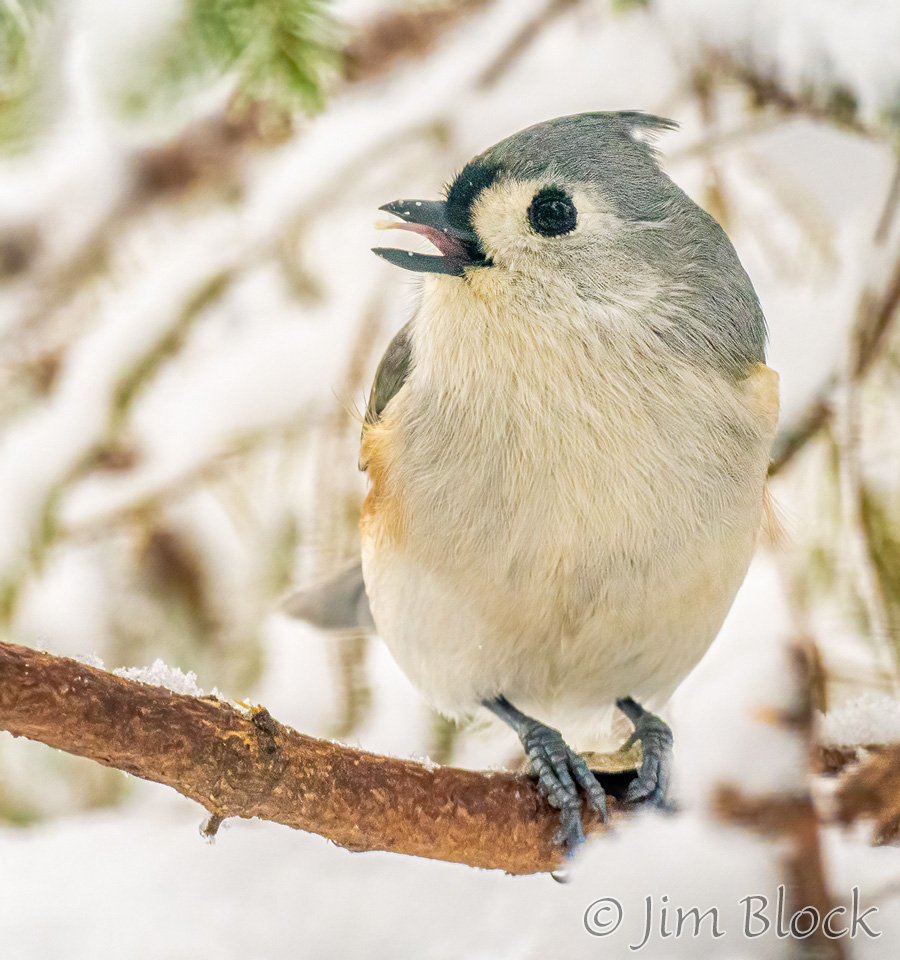
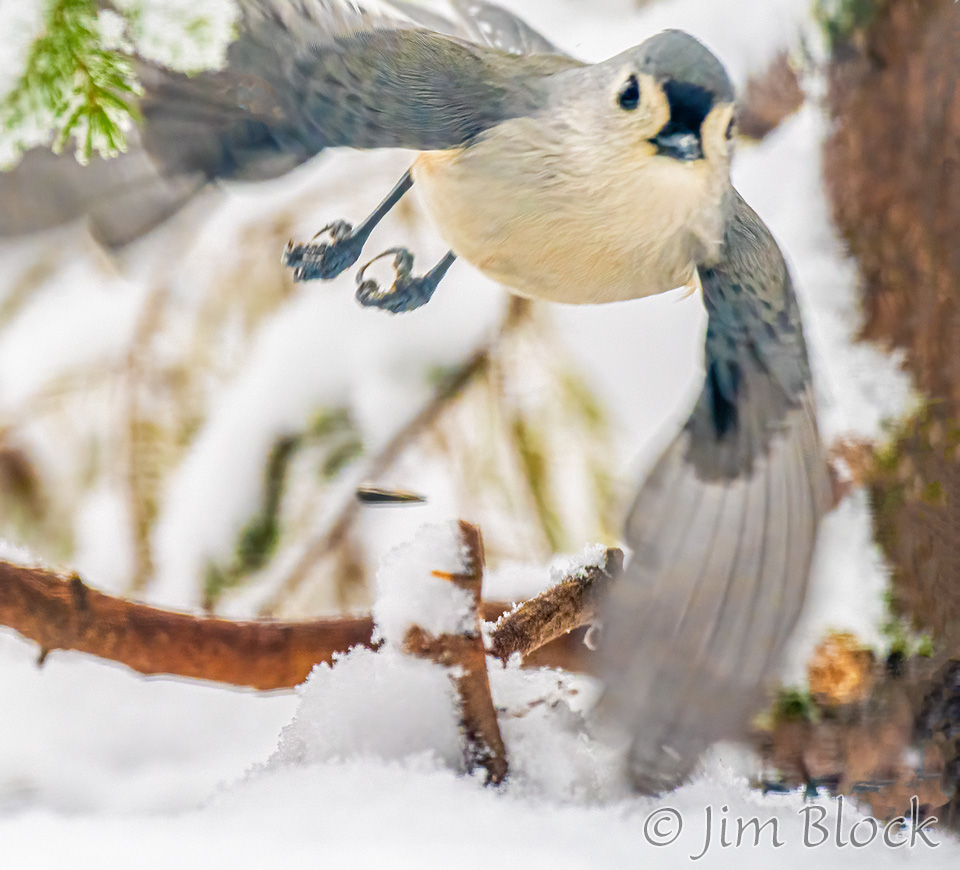
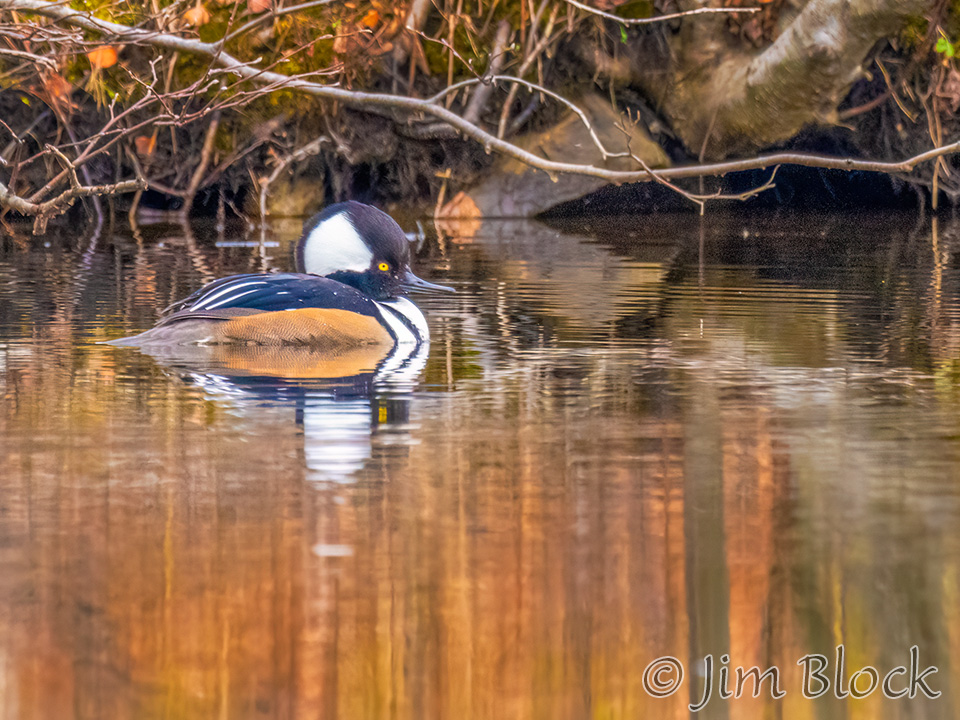
We sometimes have a small flock of Mourning Doves in our yard. Here is a photo of one.
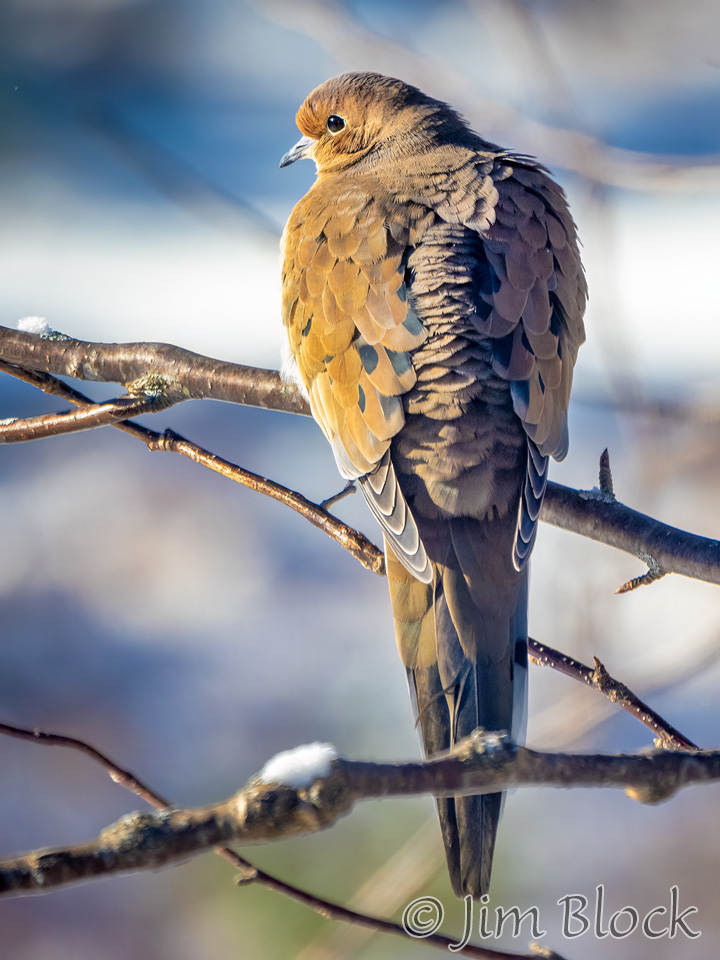
A pair of American Crows has also been hanging around.
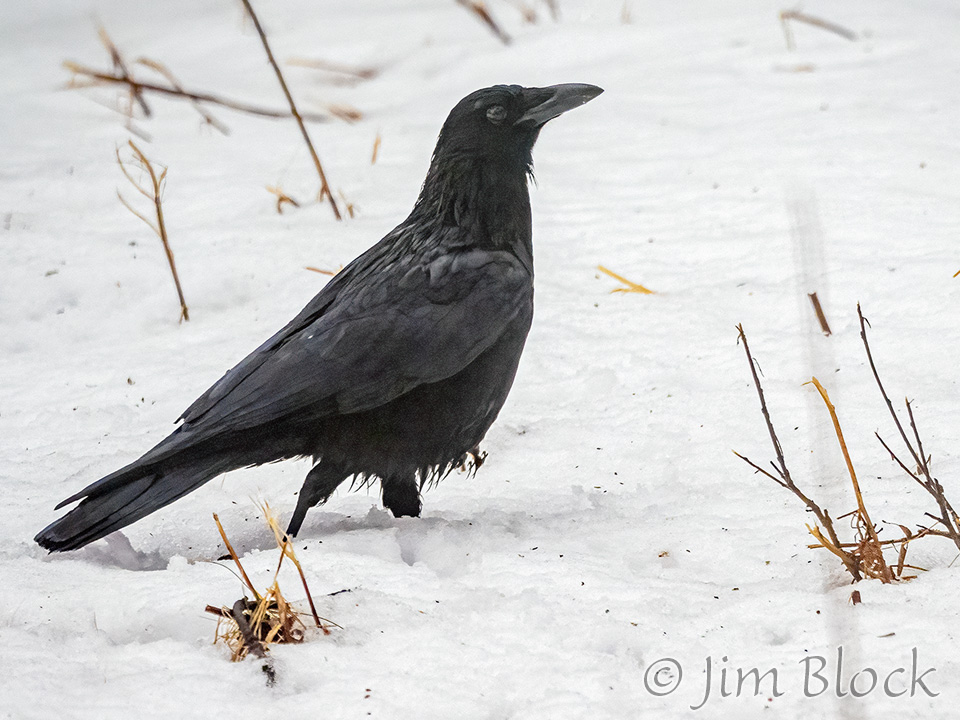
Finally, a significantly altered photo of a Barred Owl in our yard. It was just starting to get light before 7 am, and I could barely see it. The camera captured it, but just barely. Since the image was poor I played around with it to make it a bit like a charcoal sketch.



